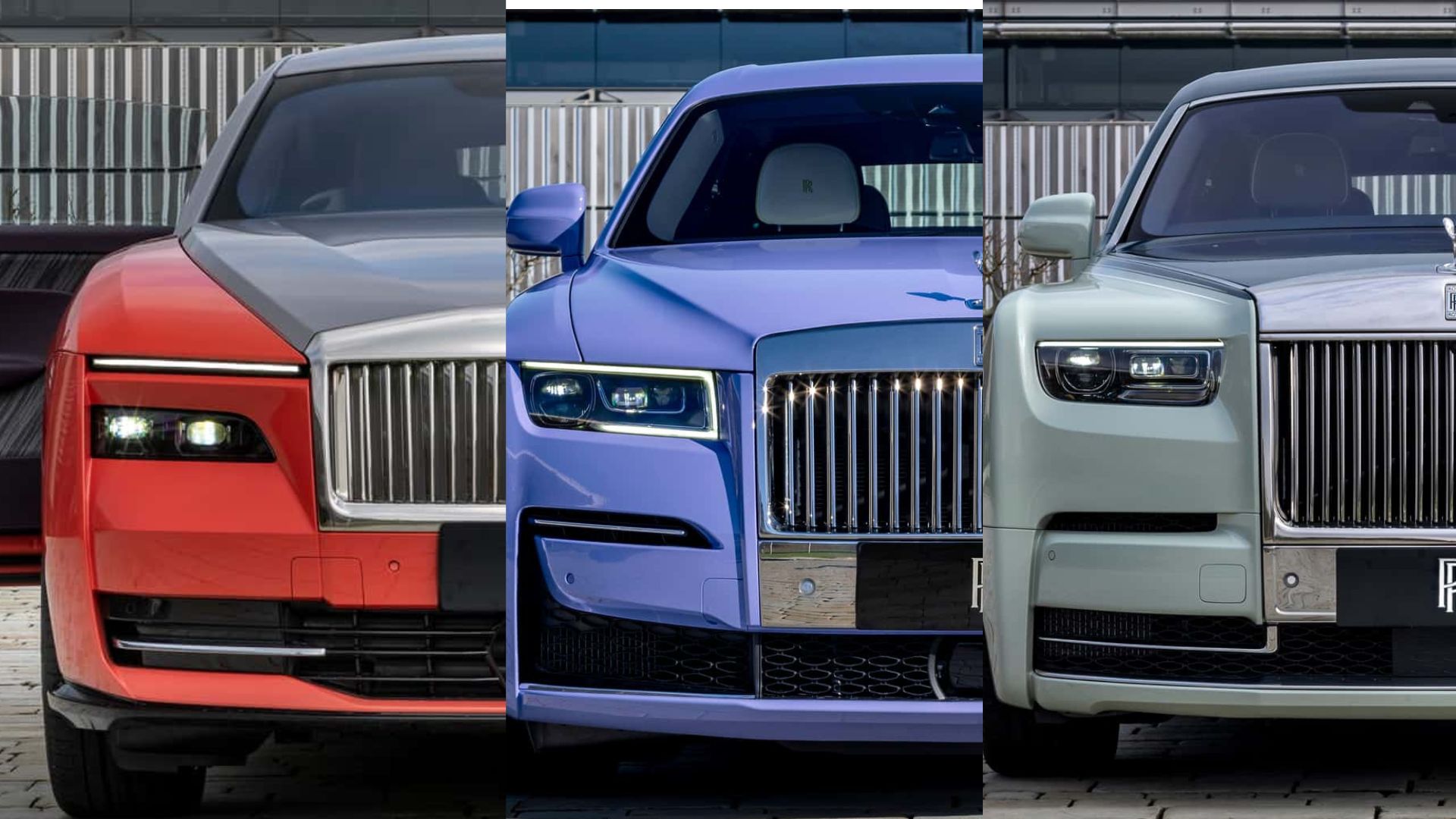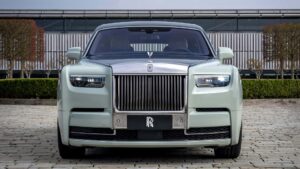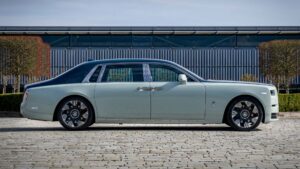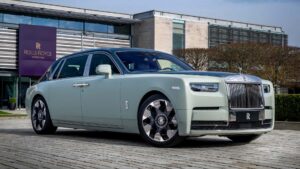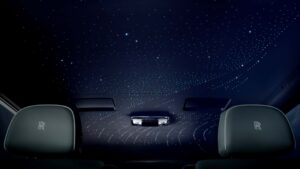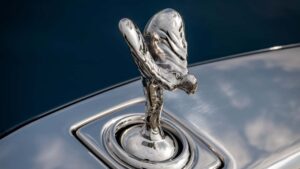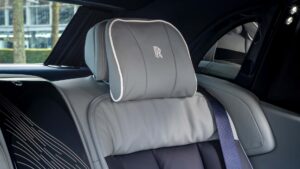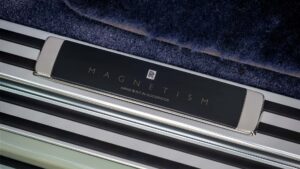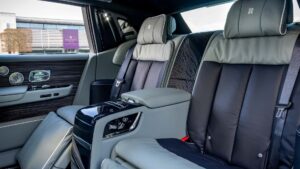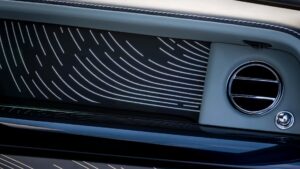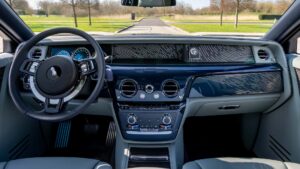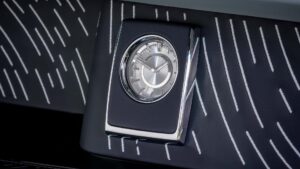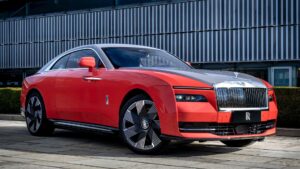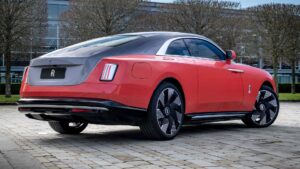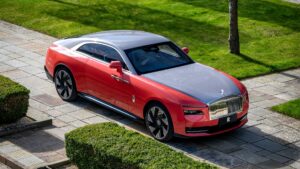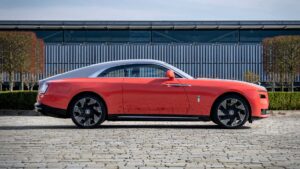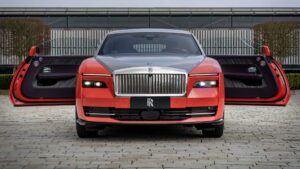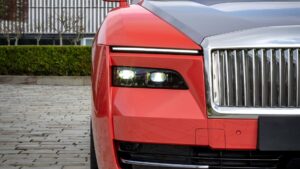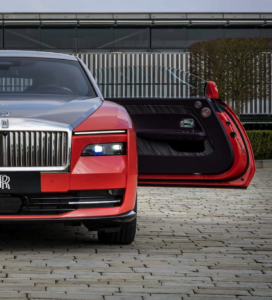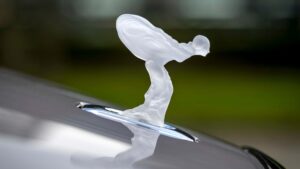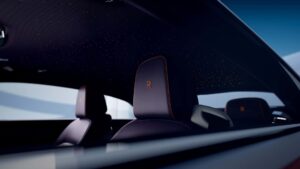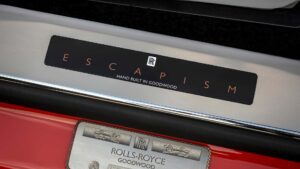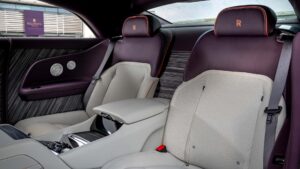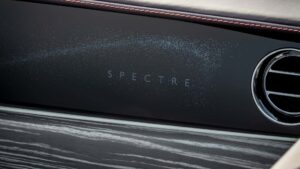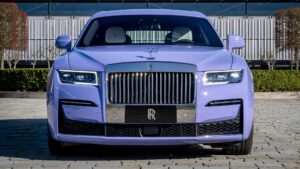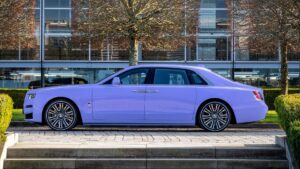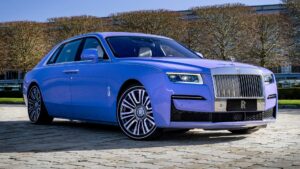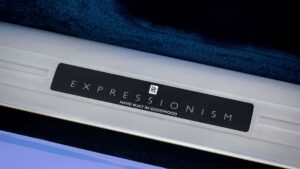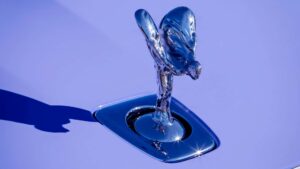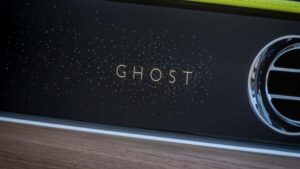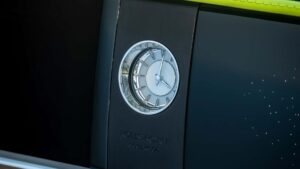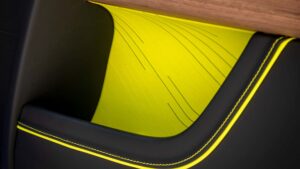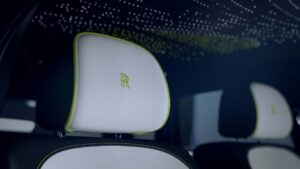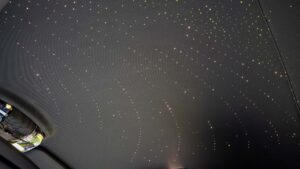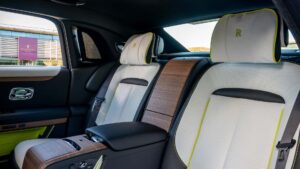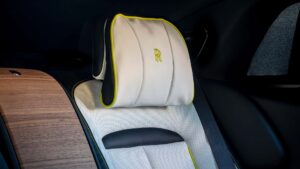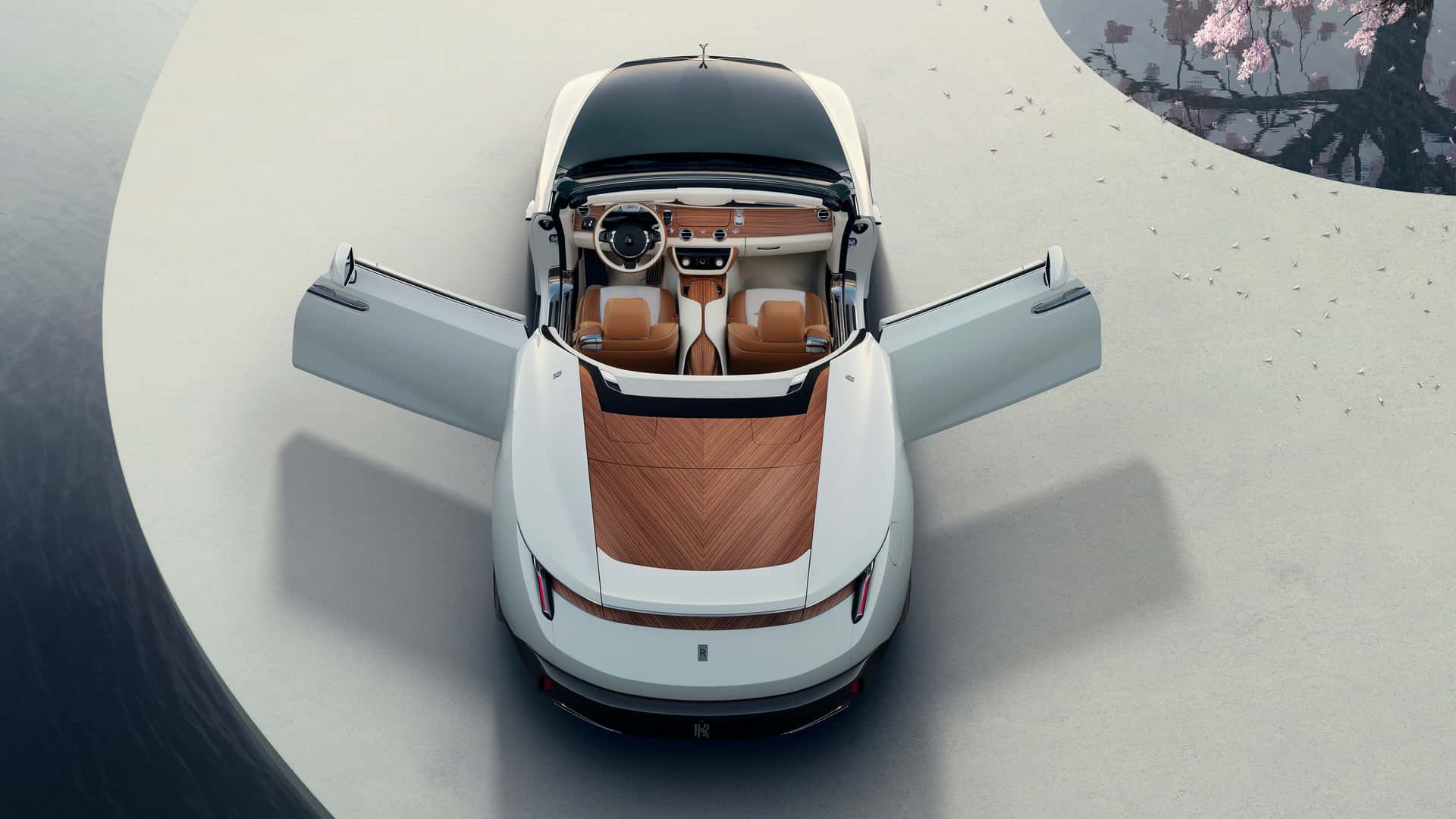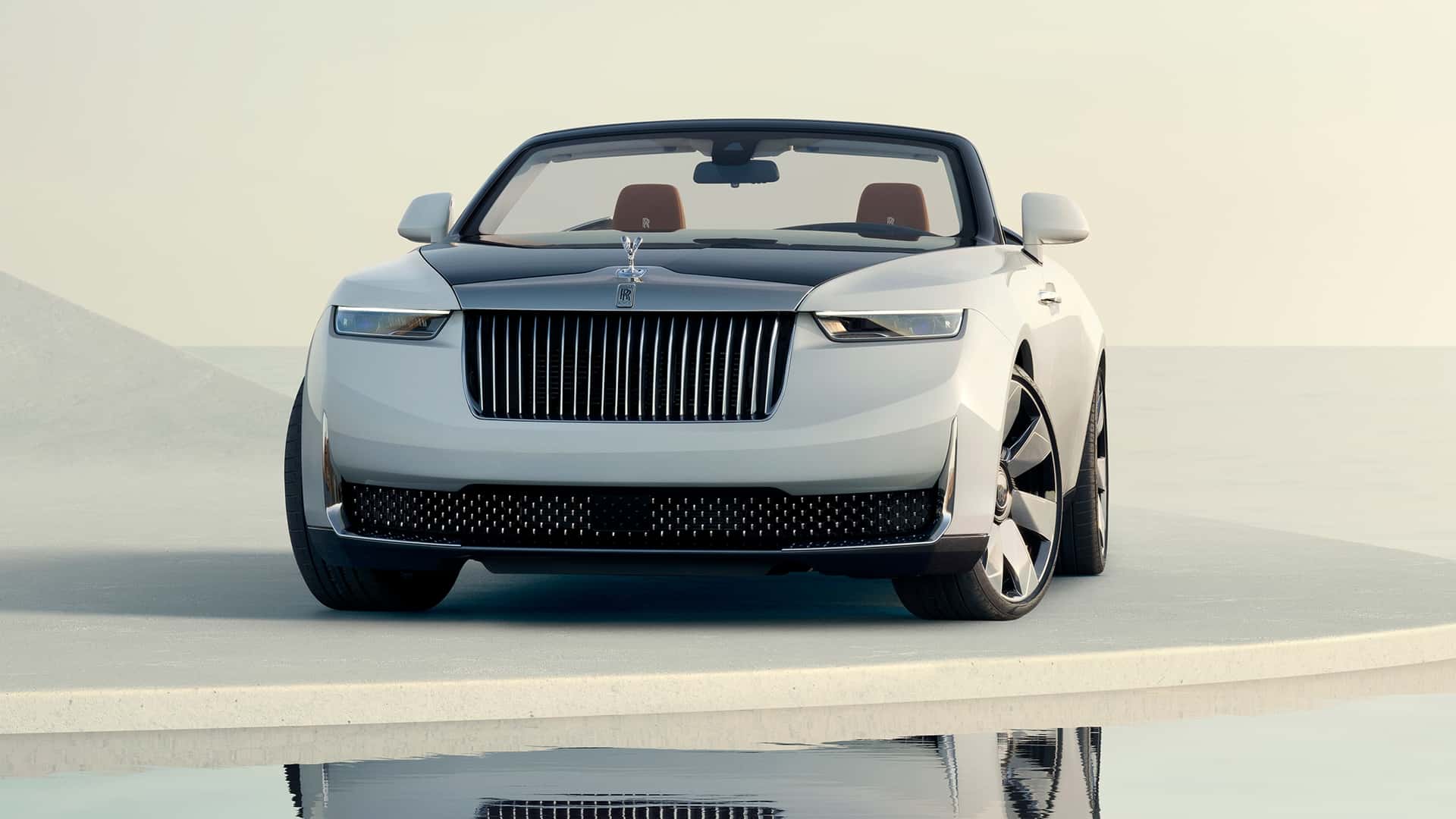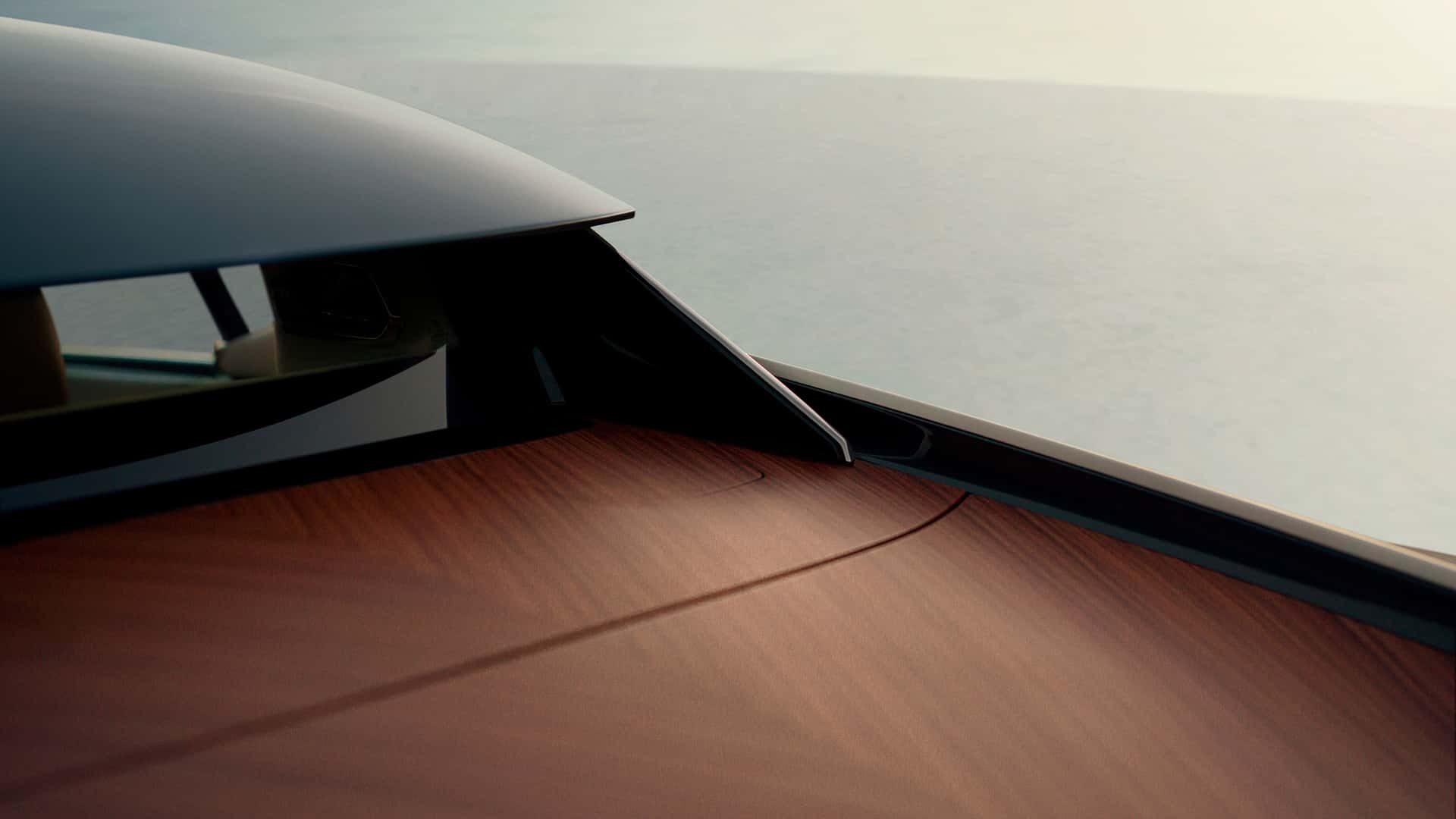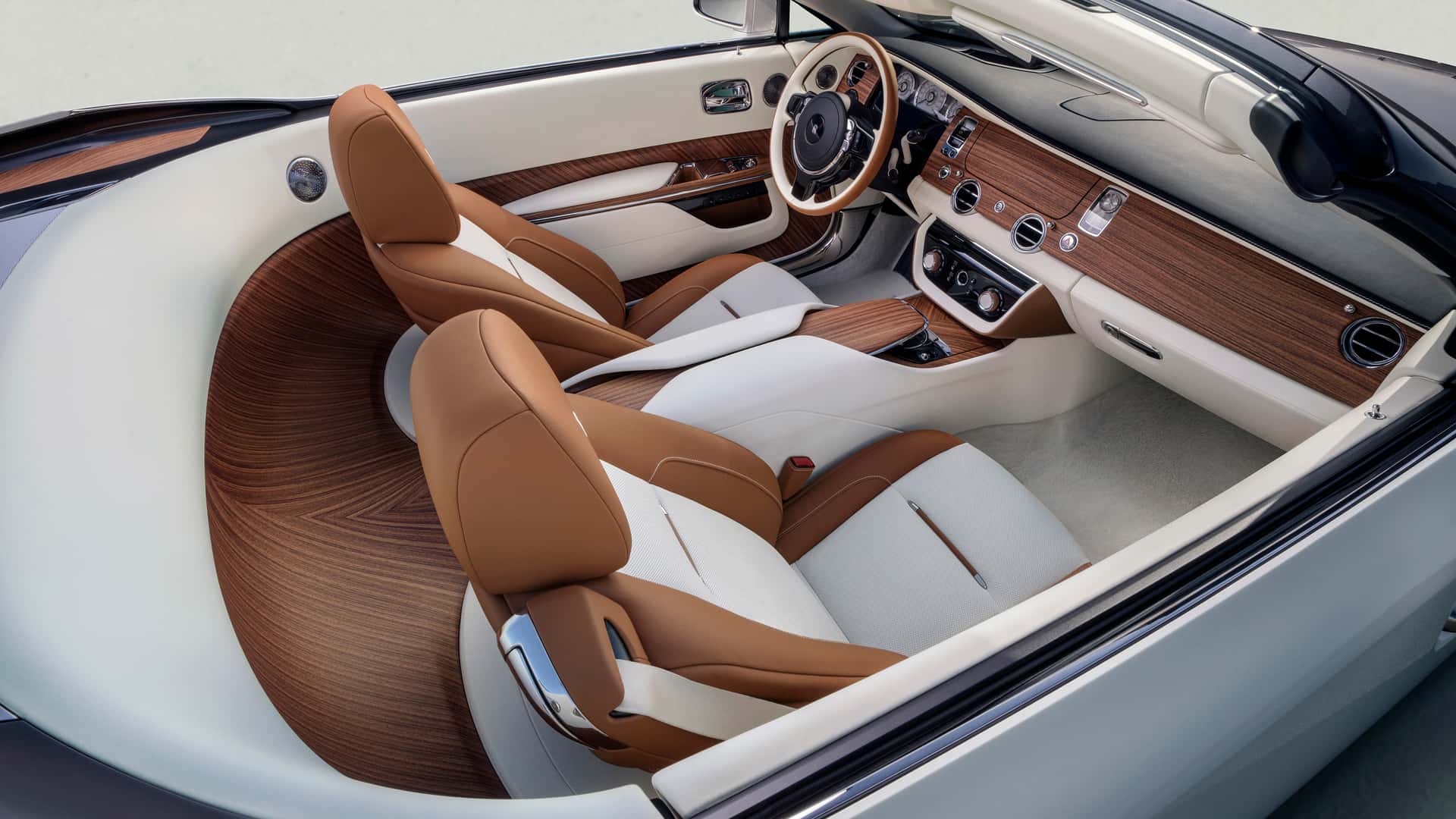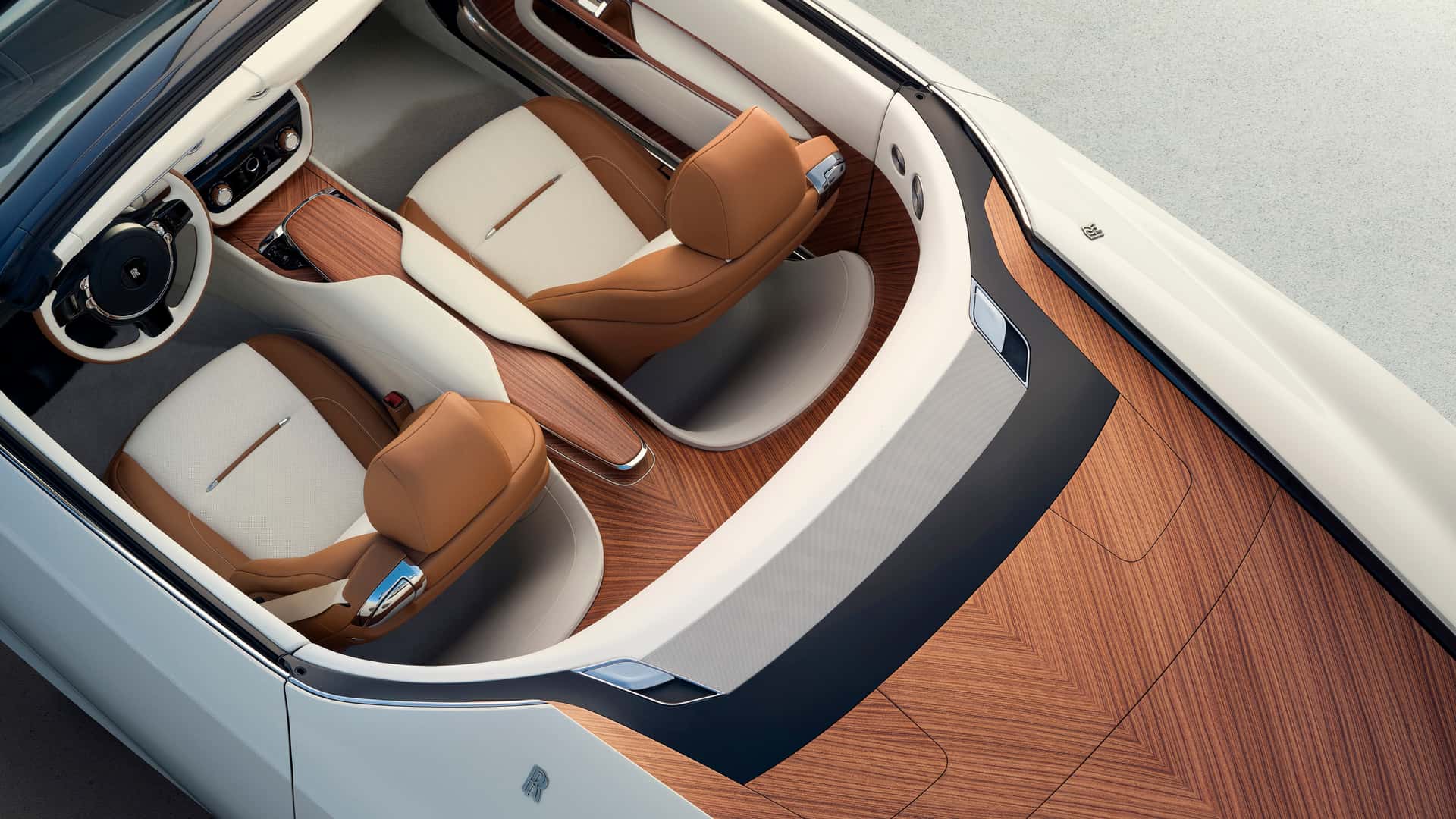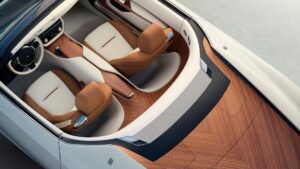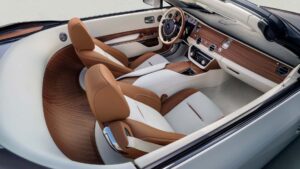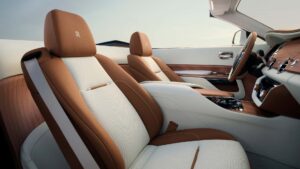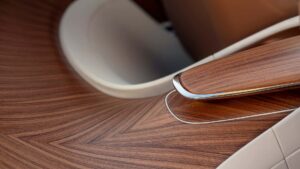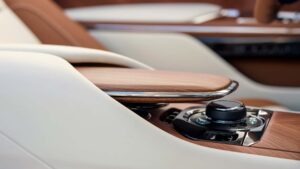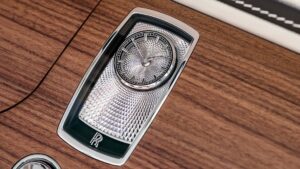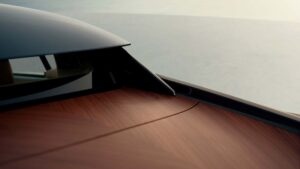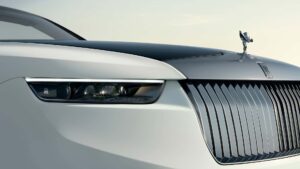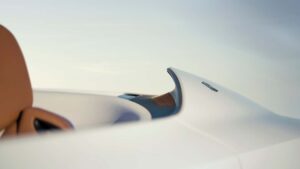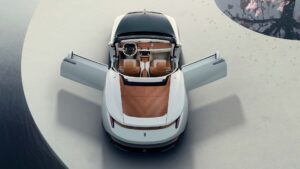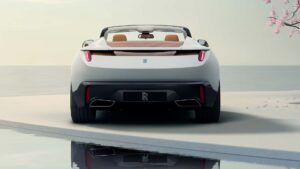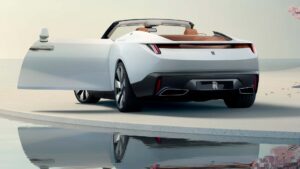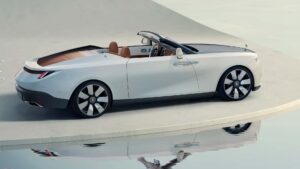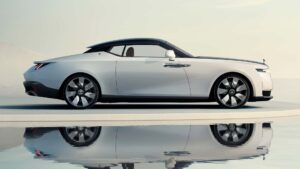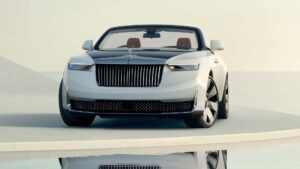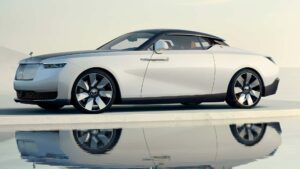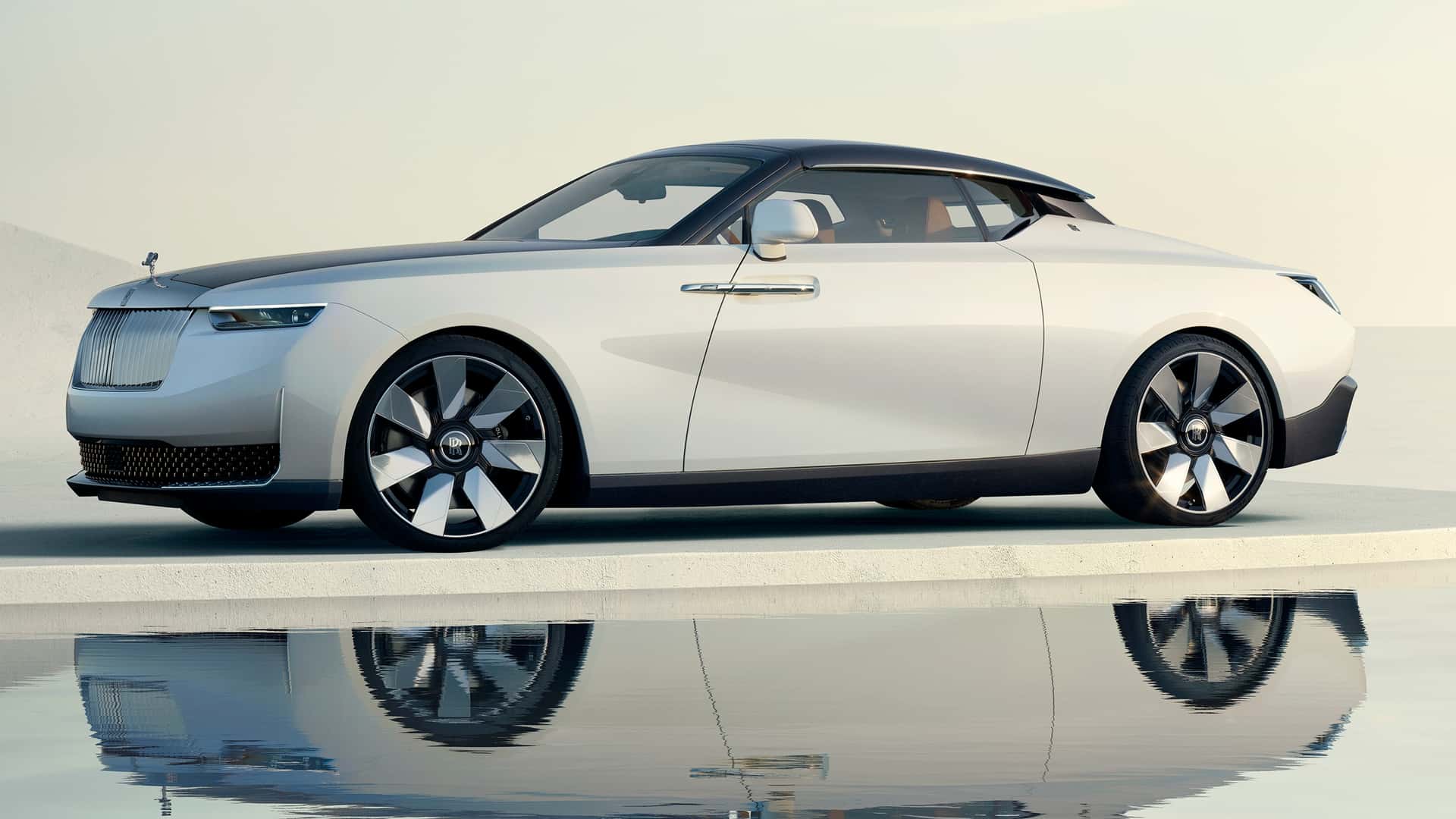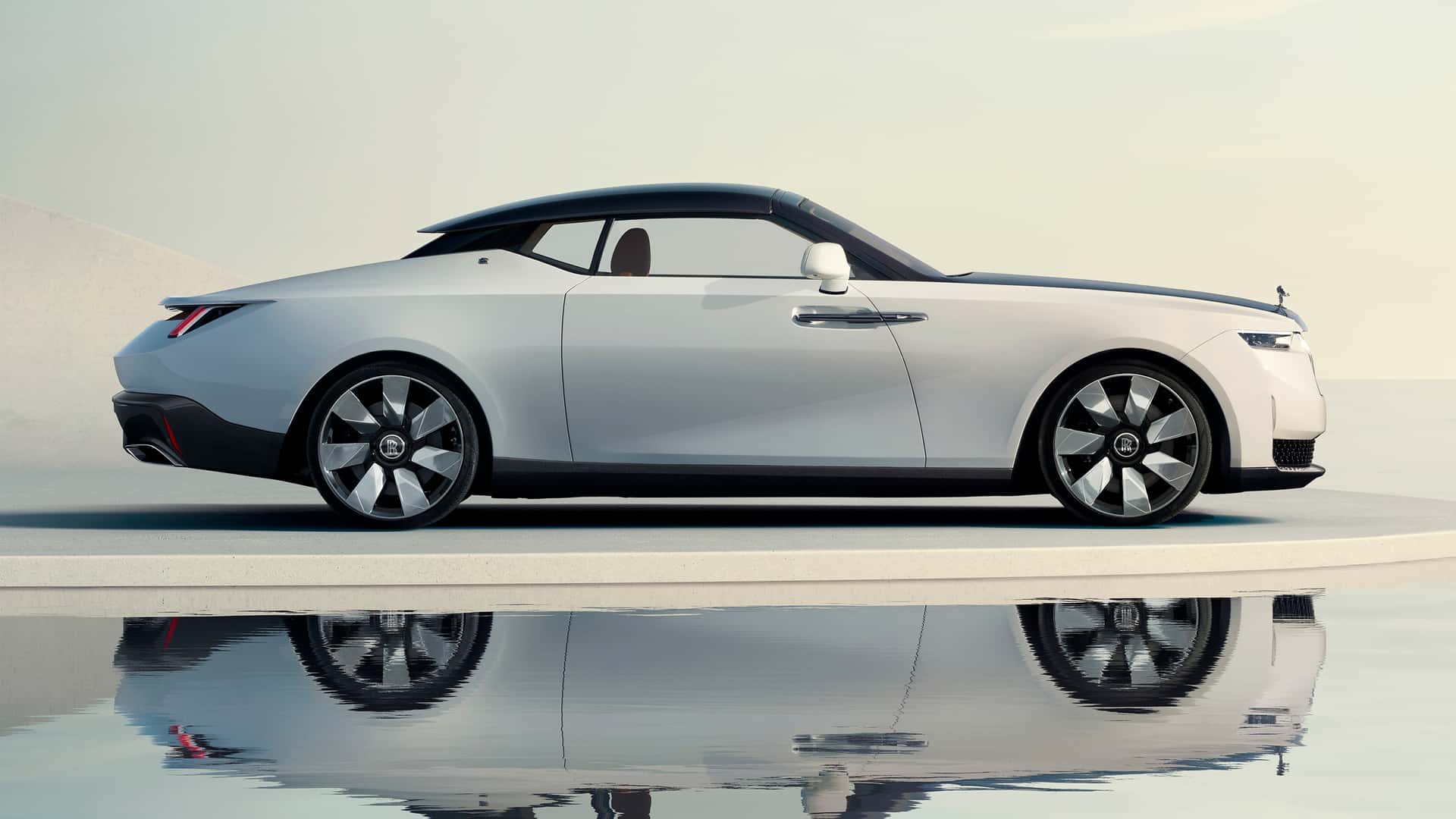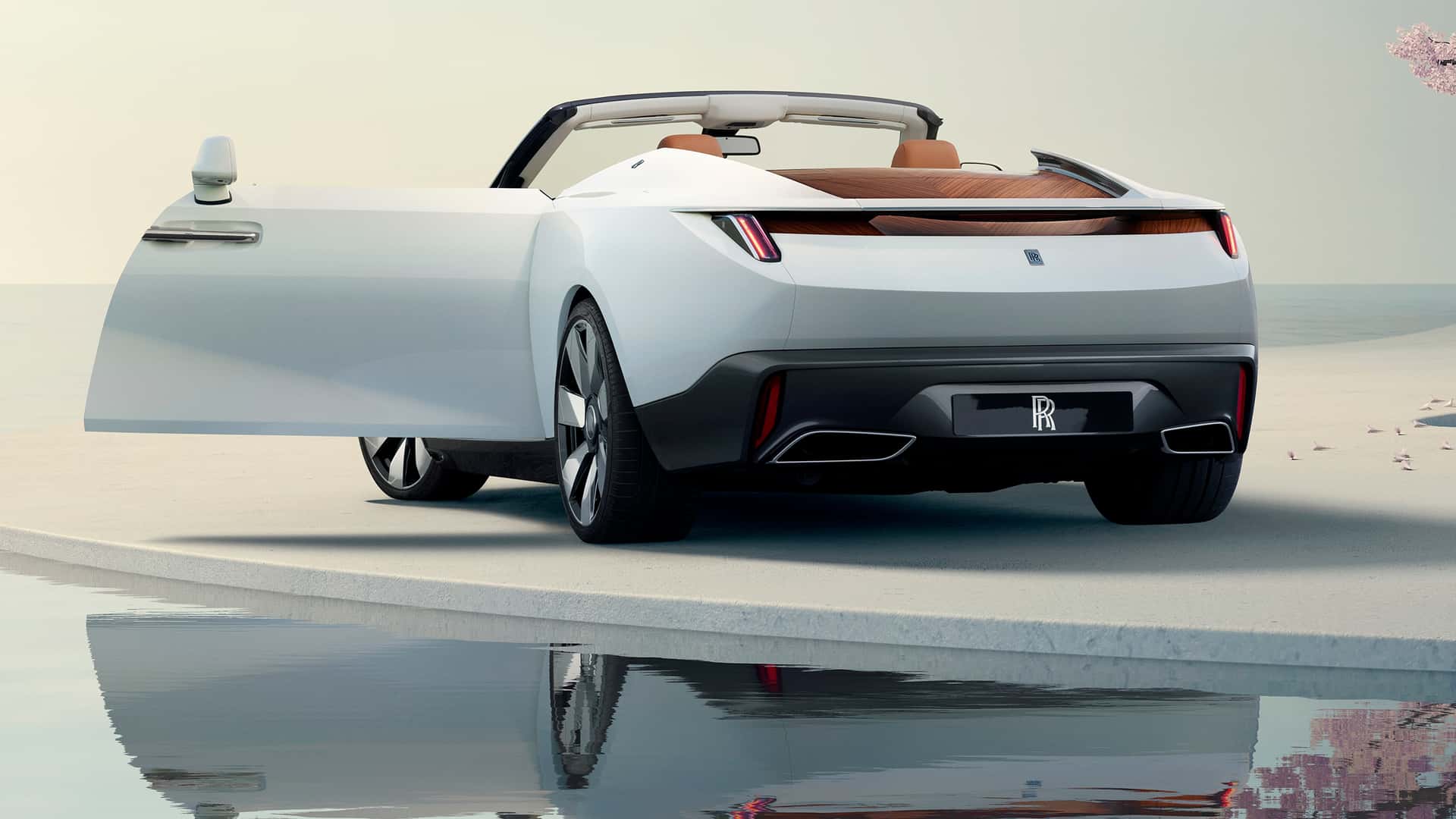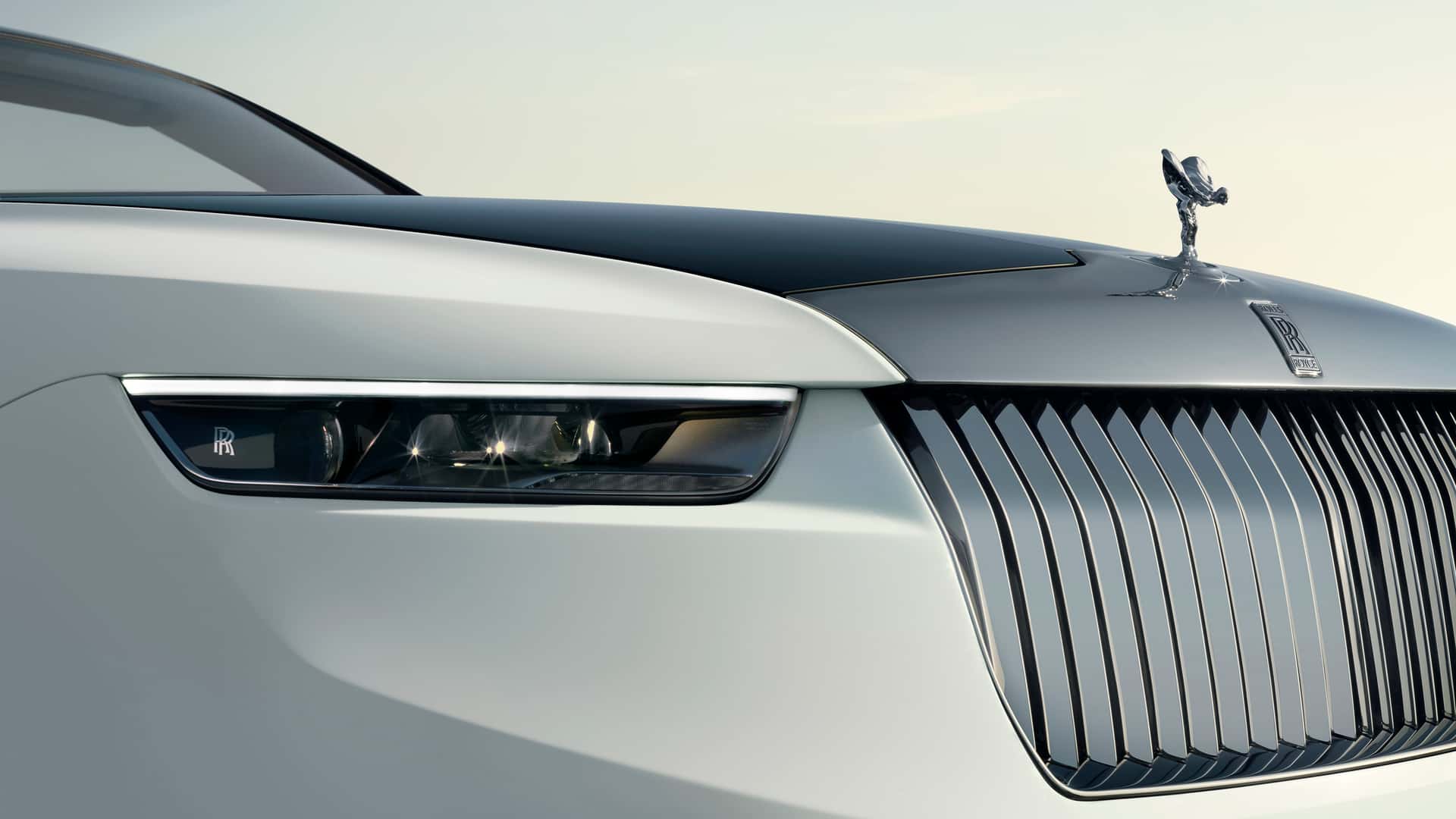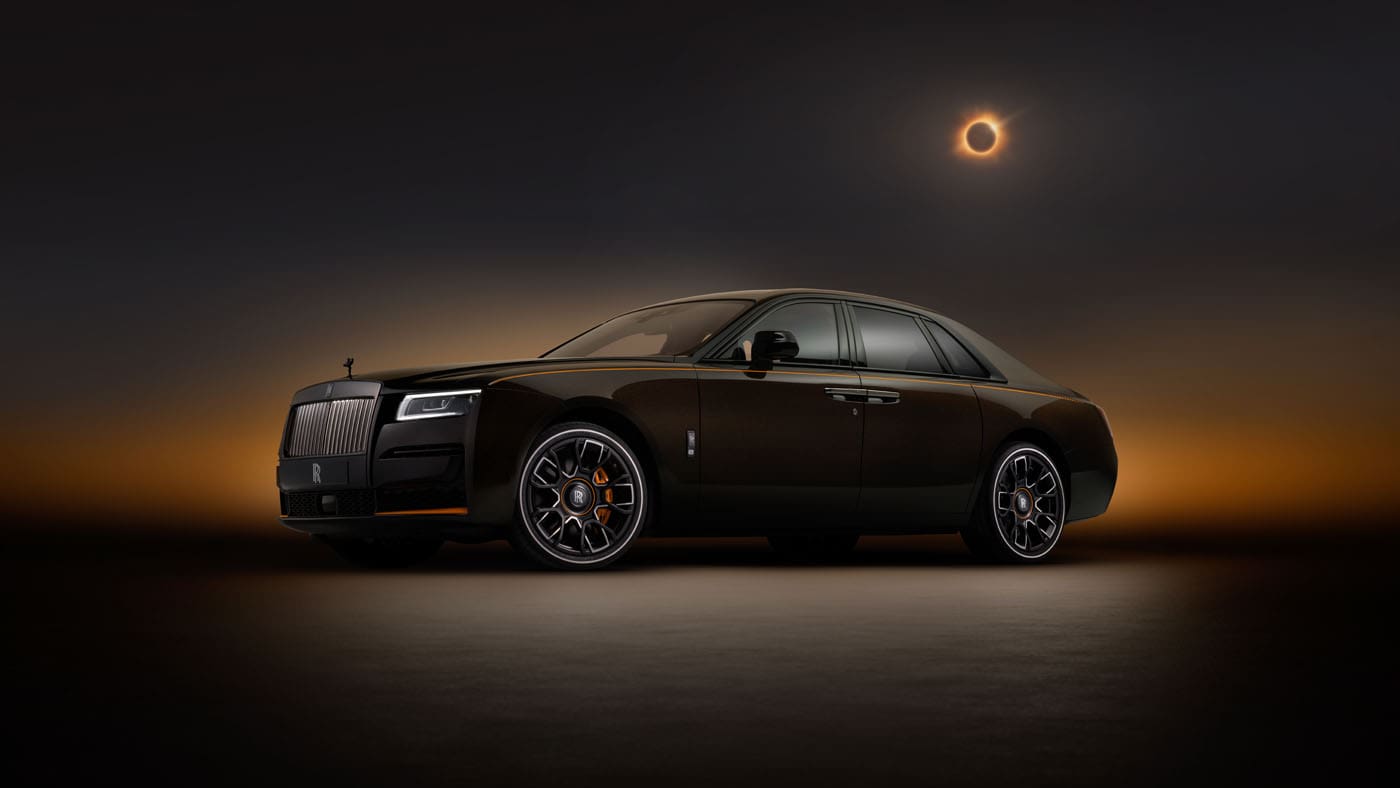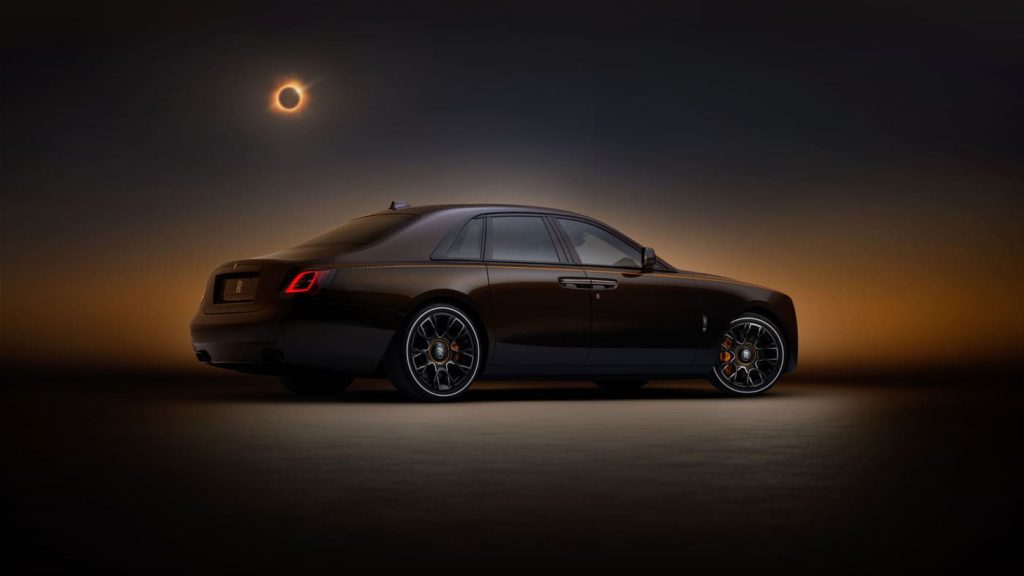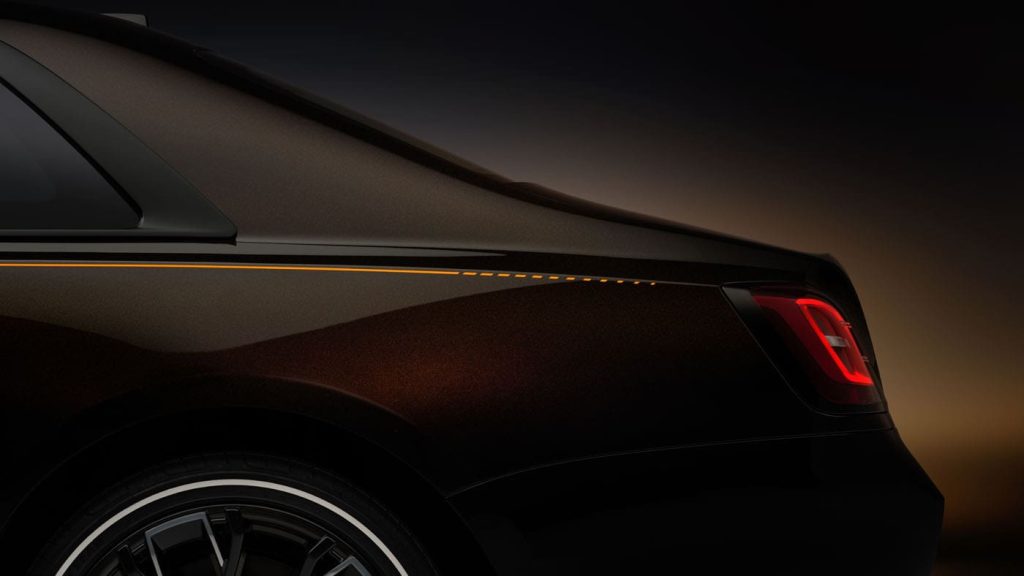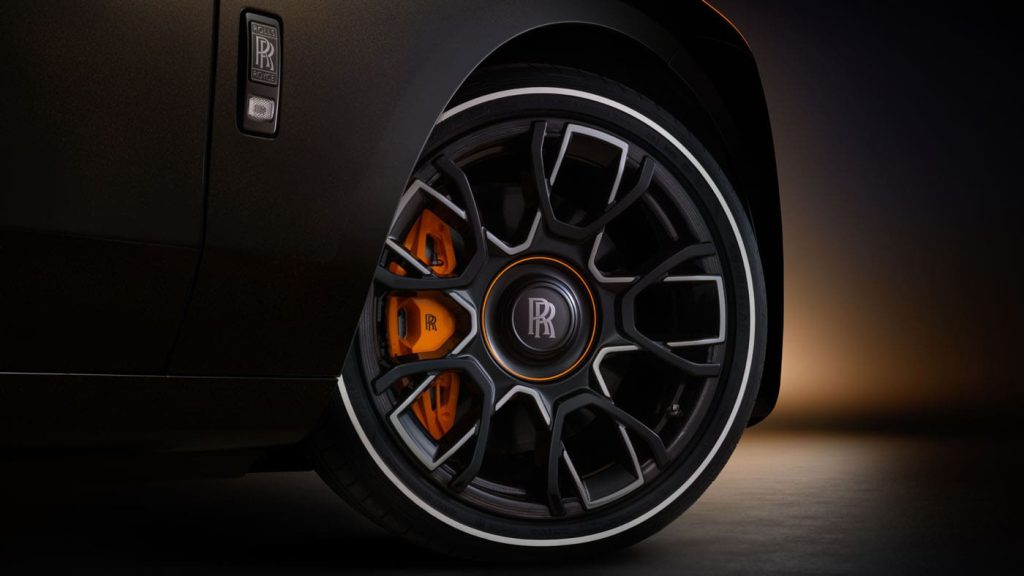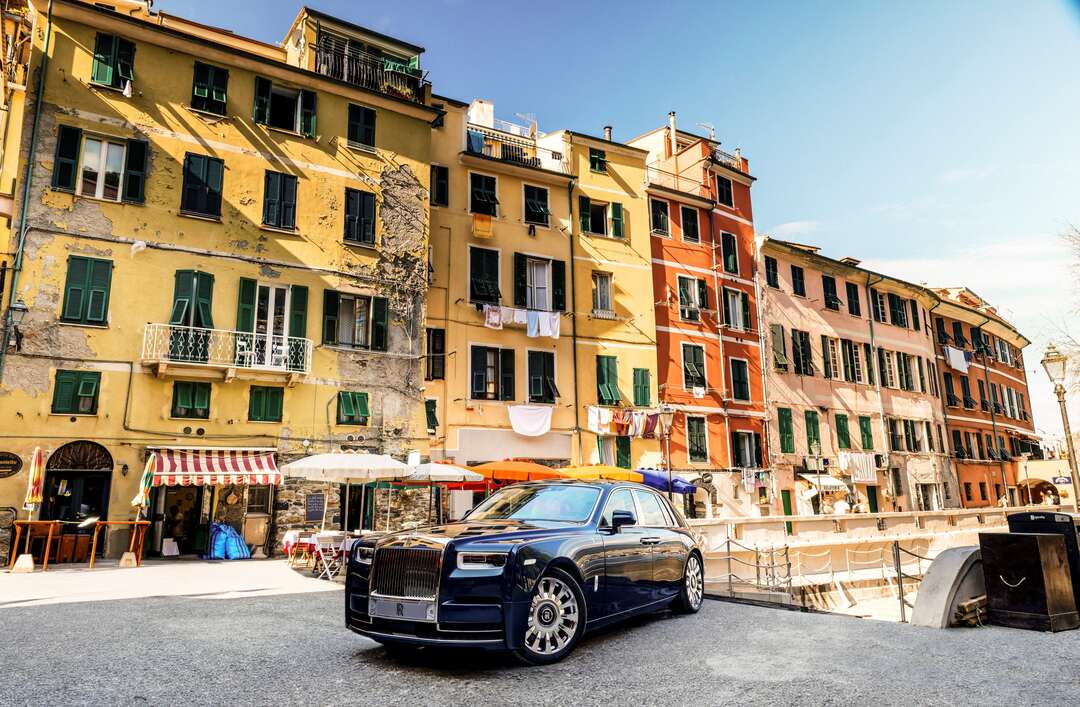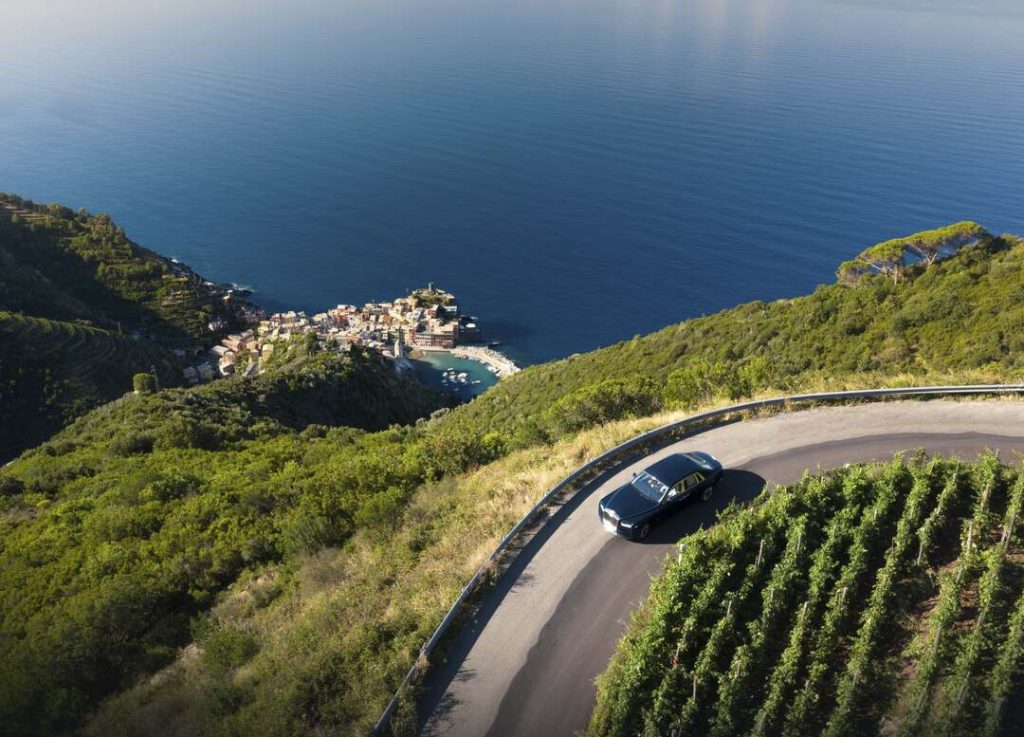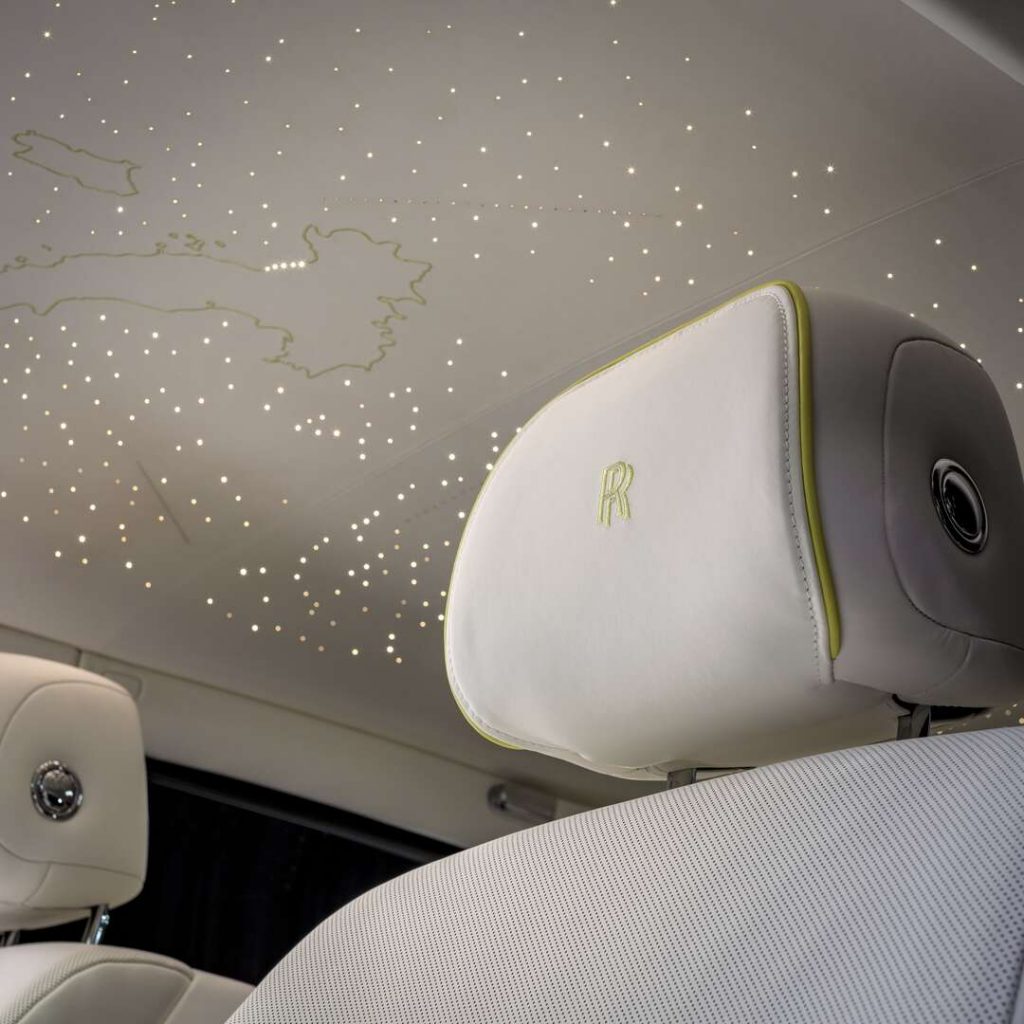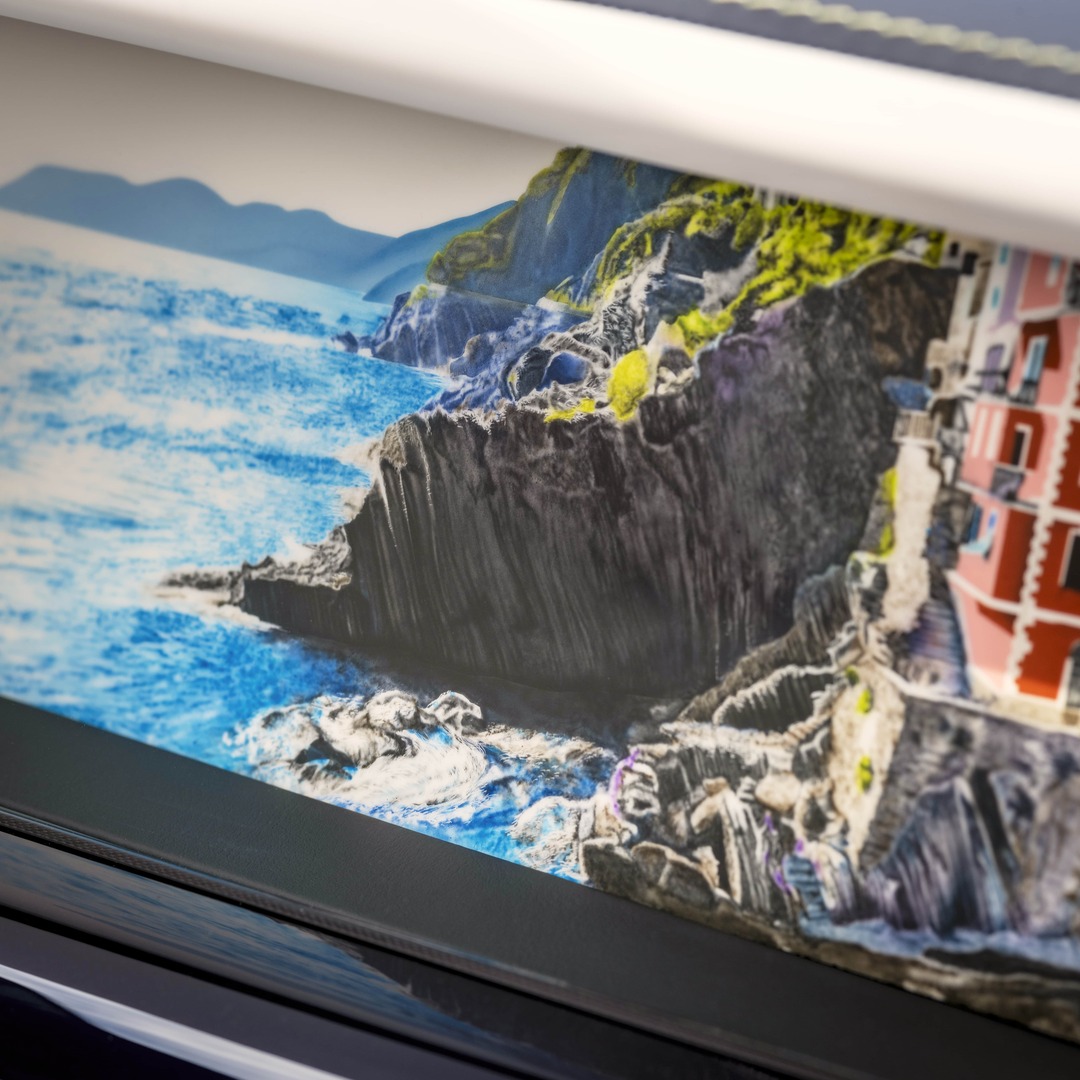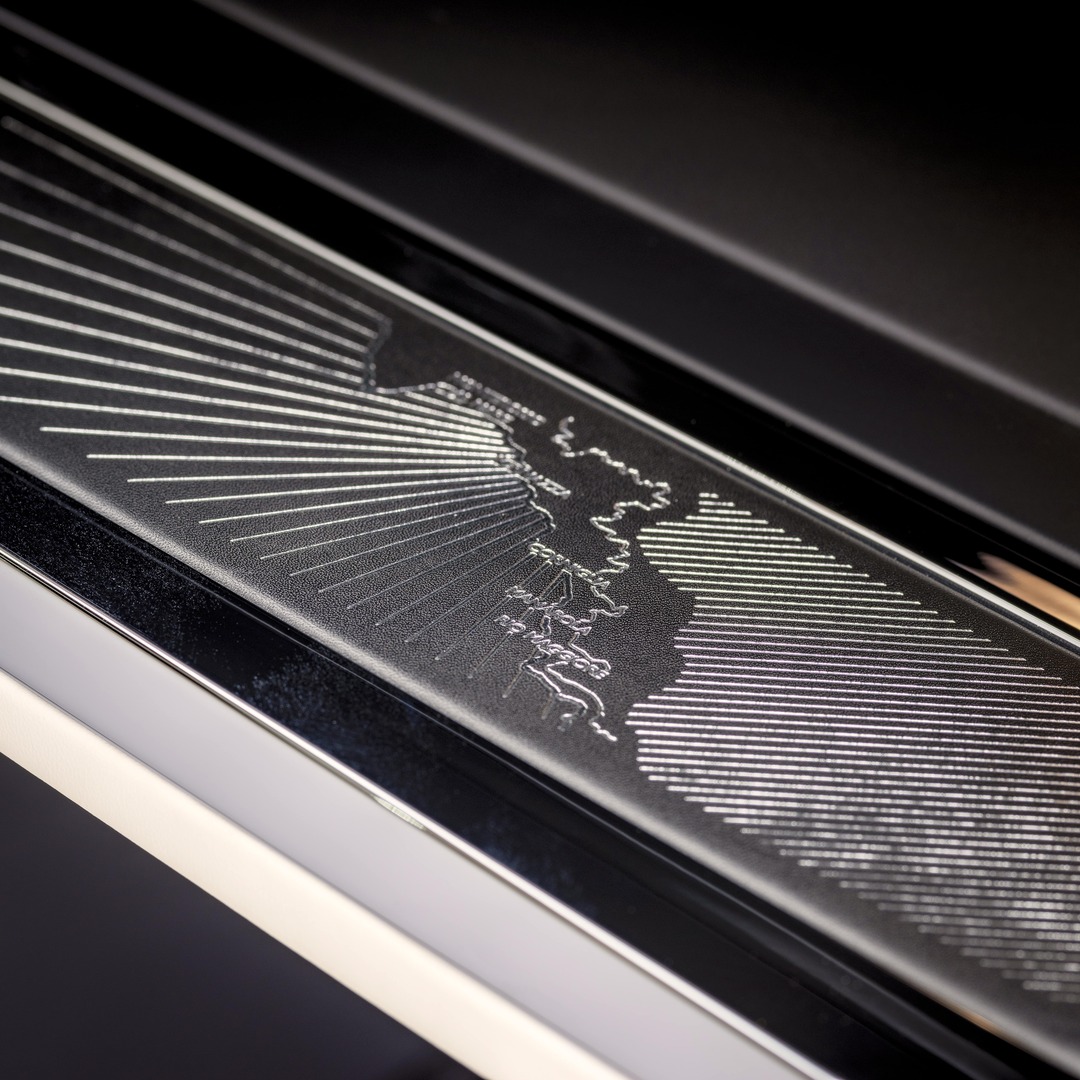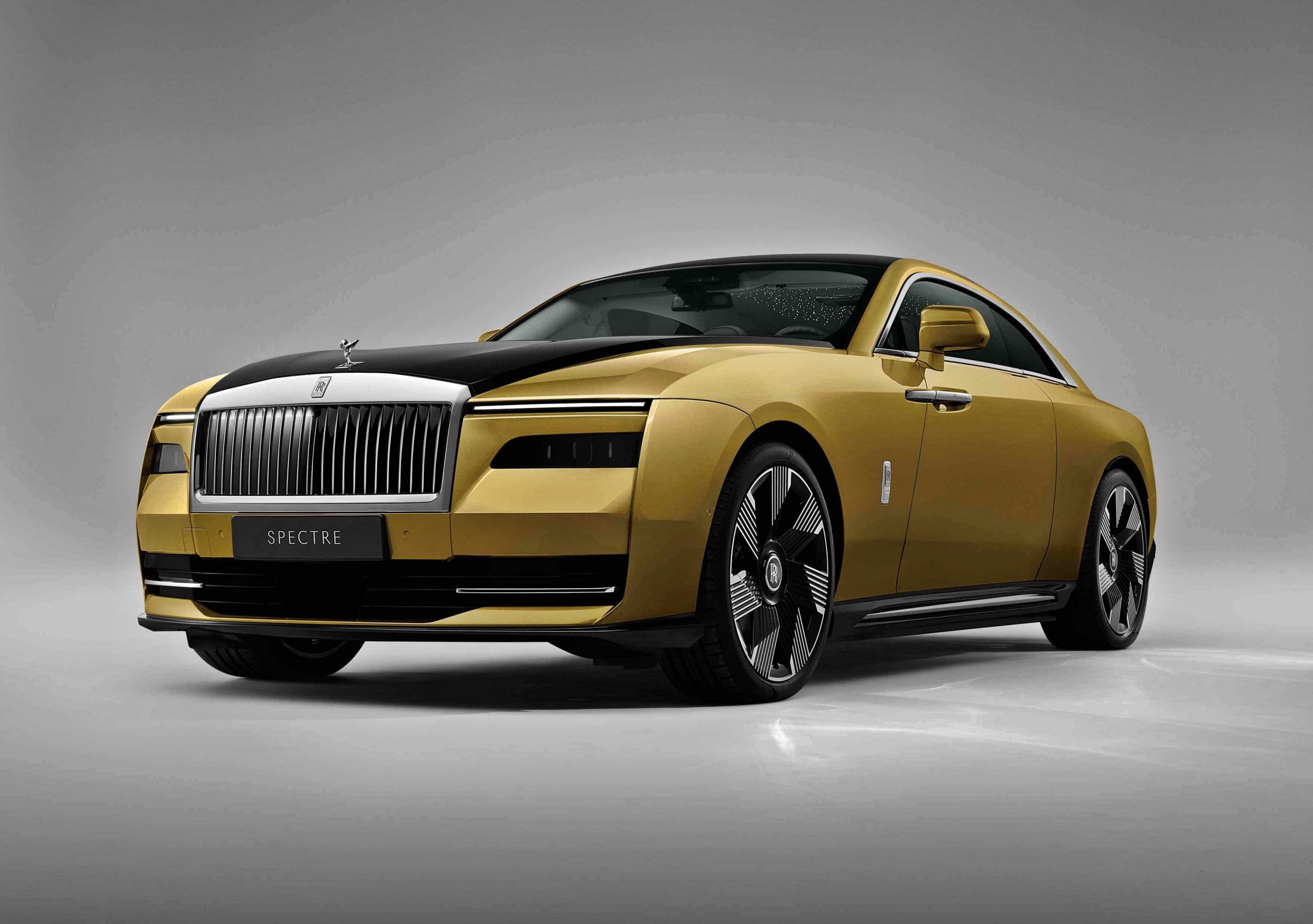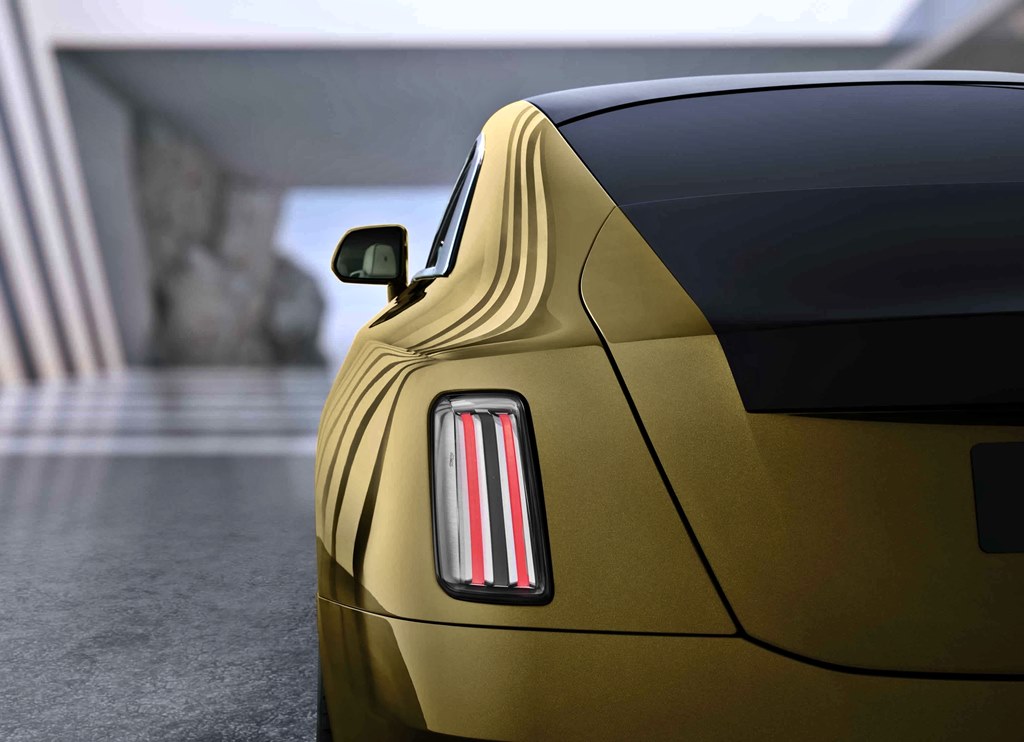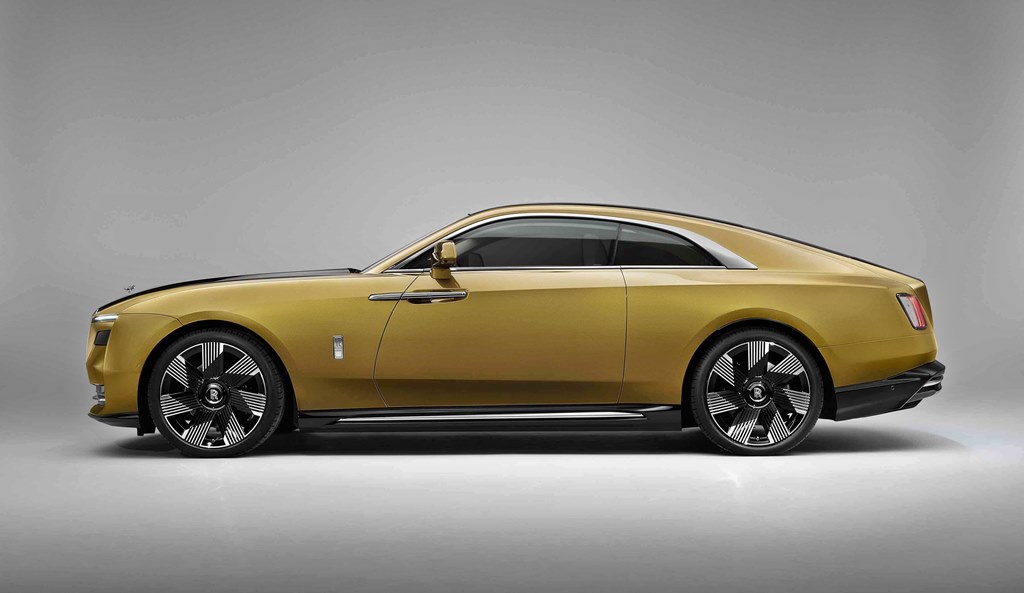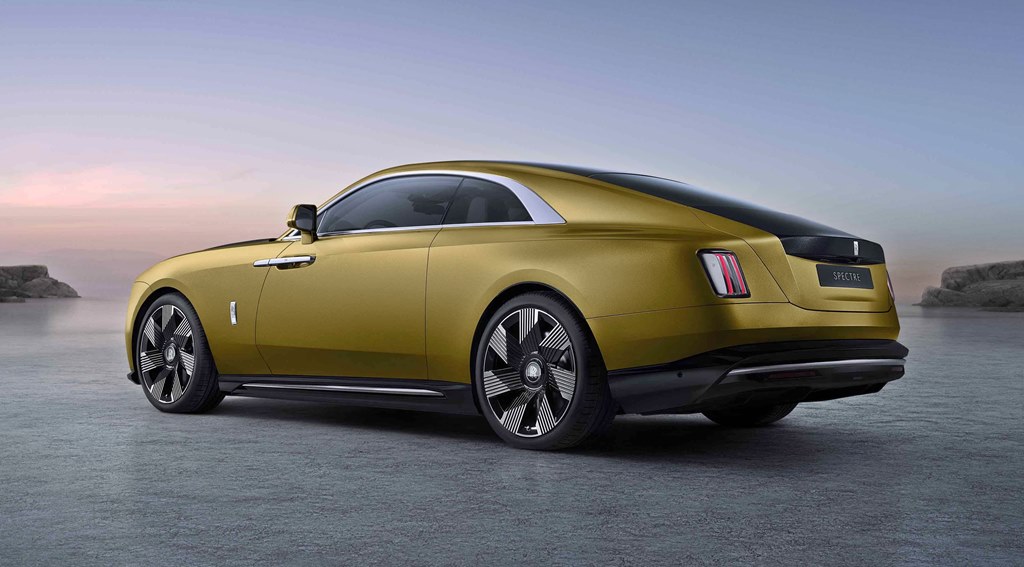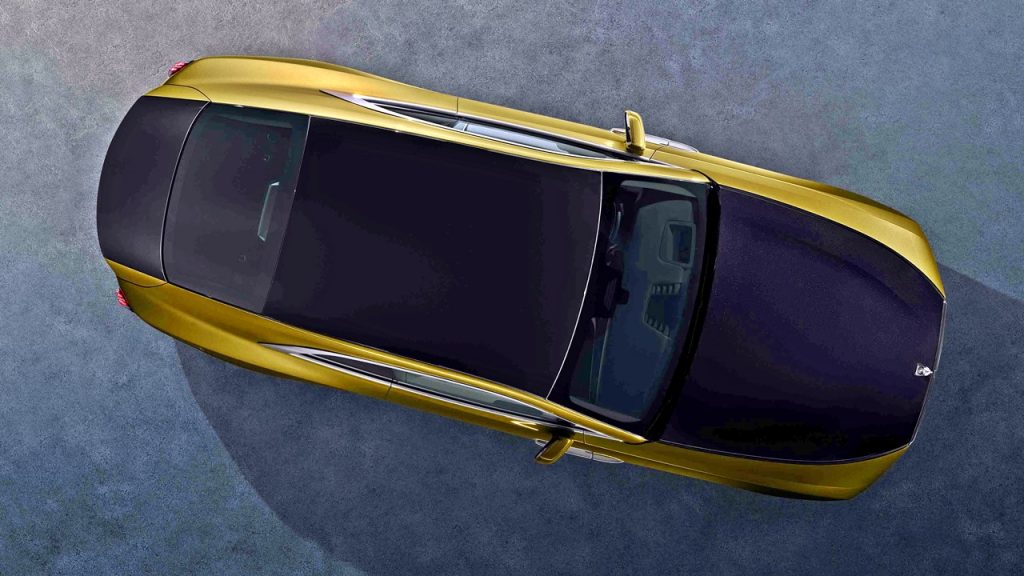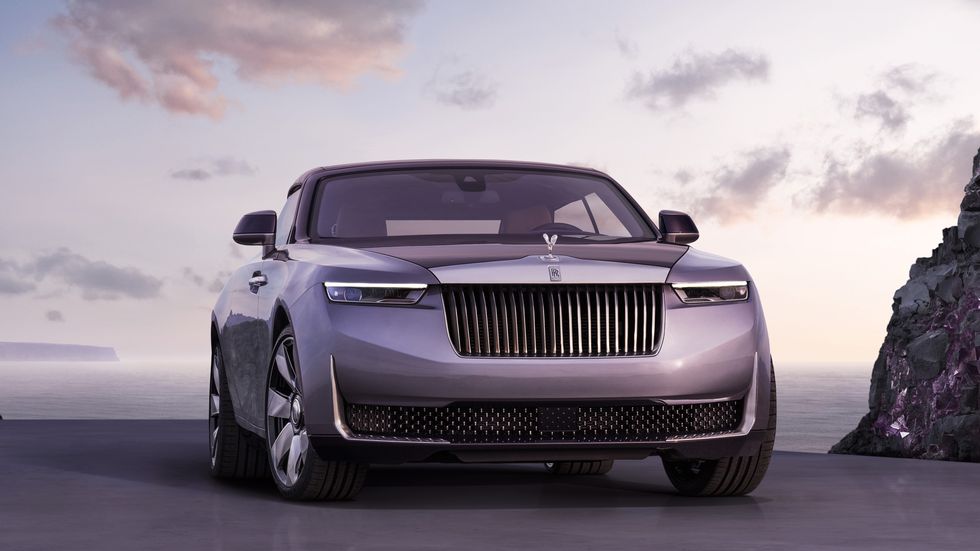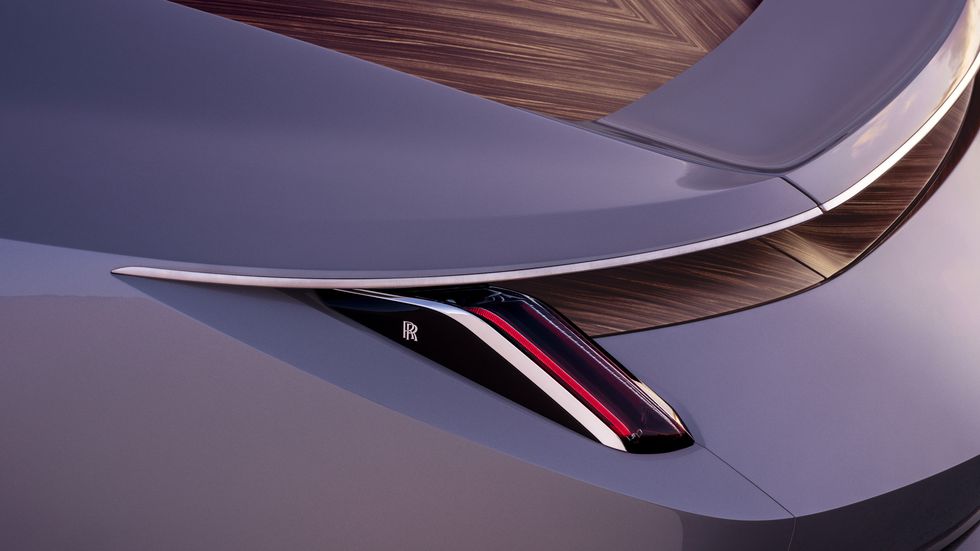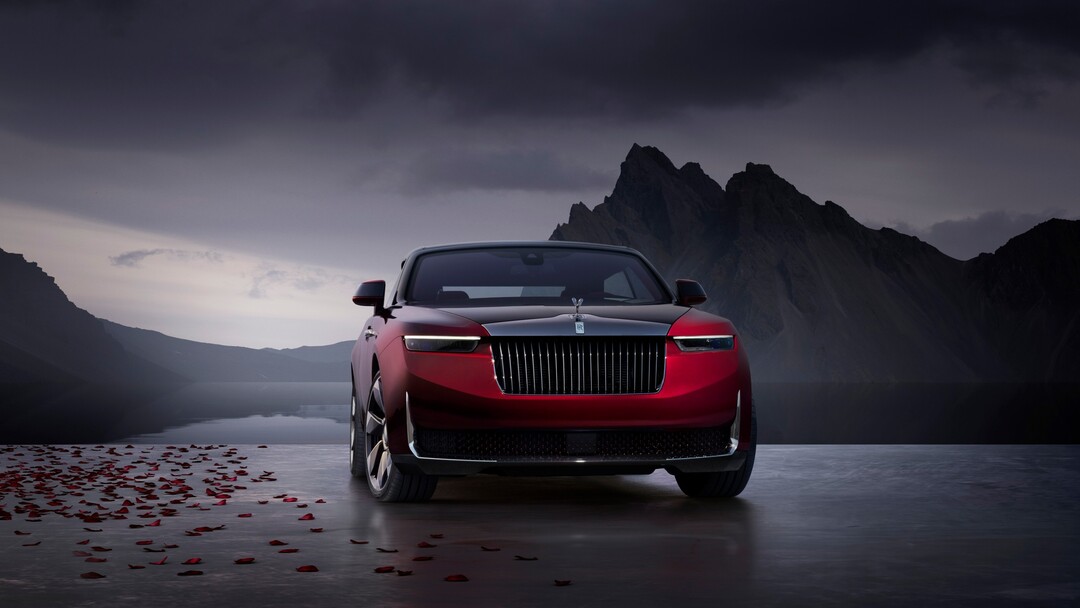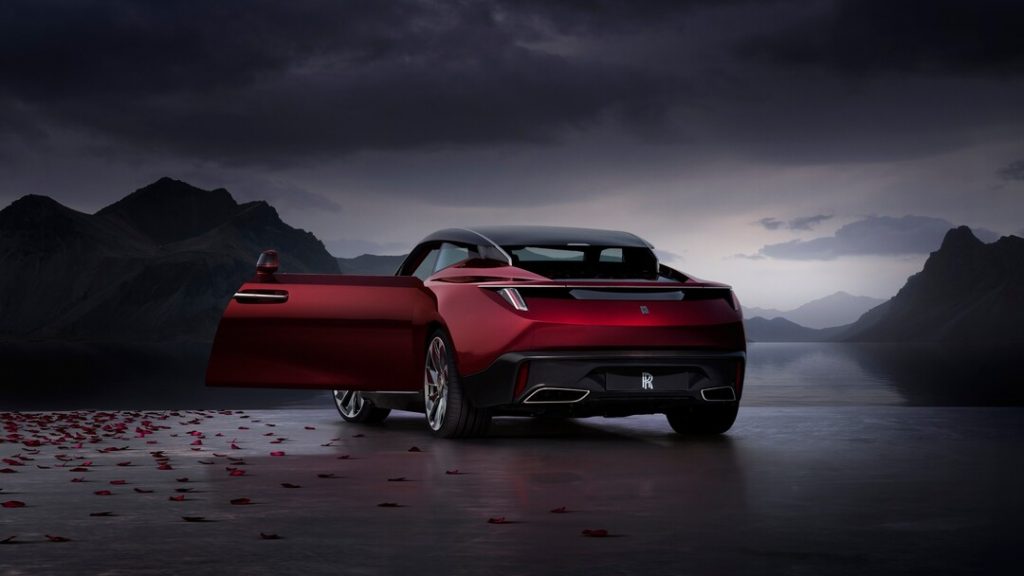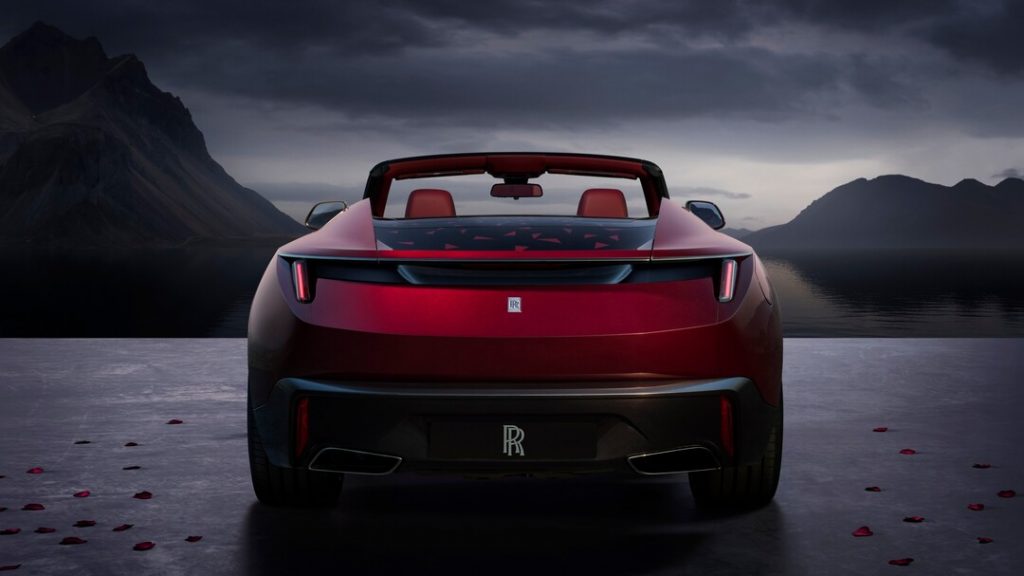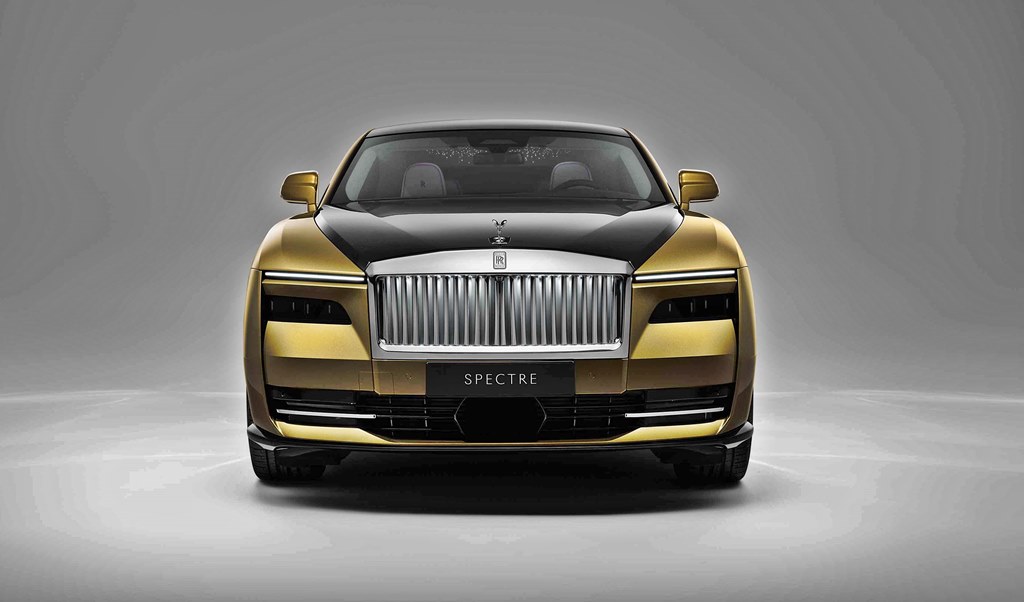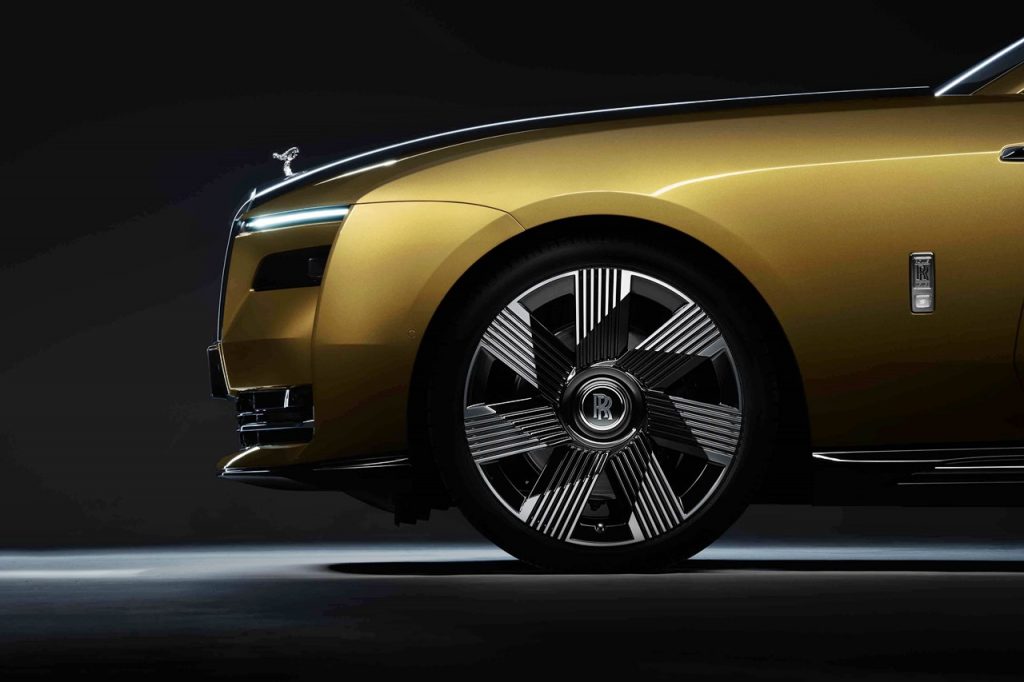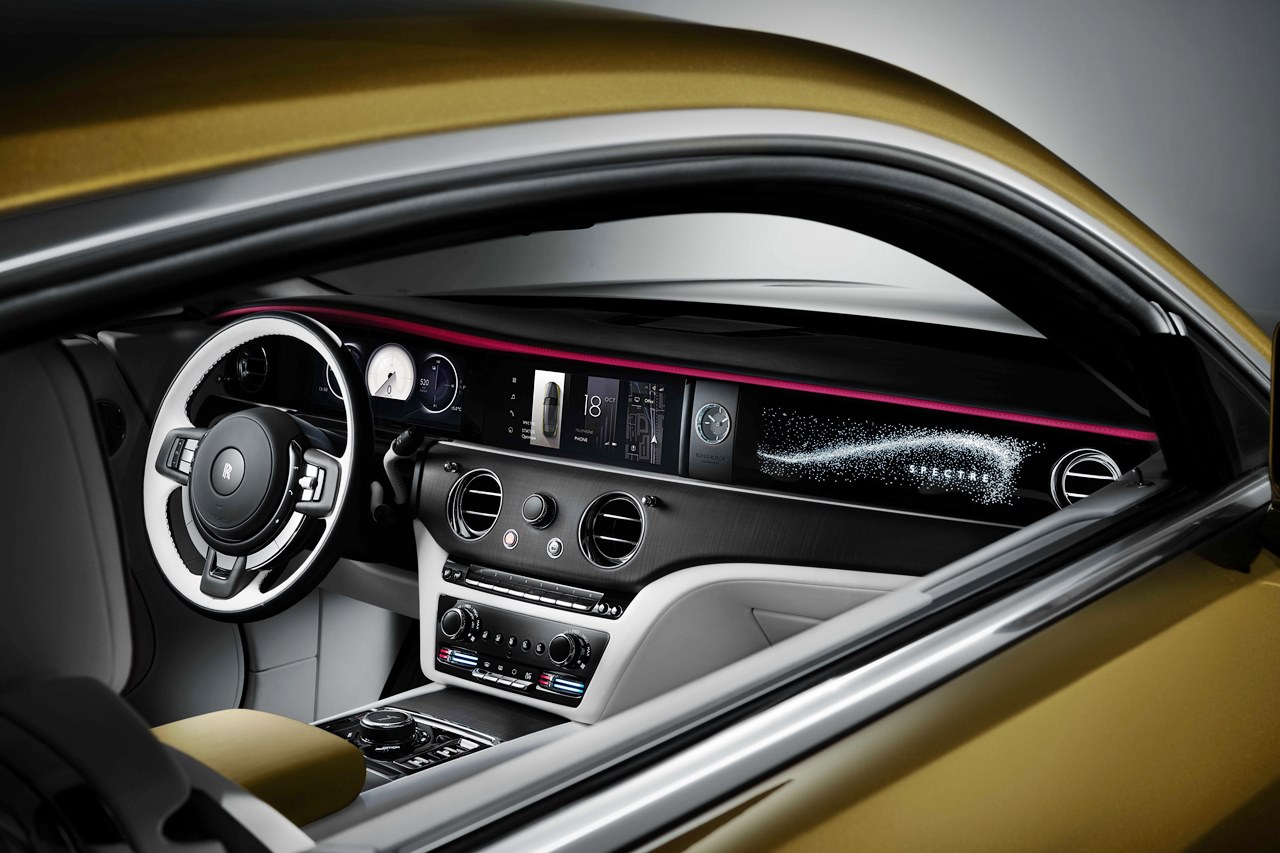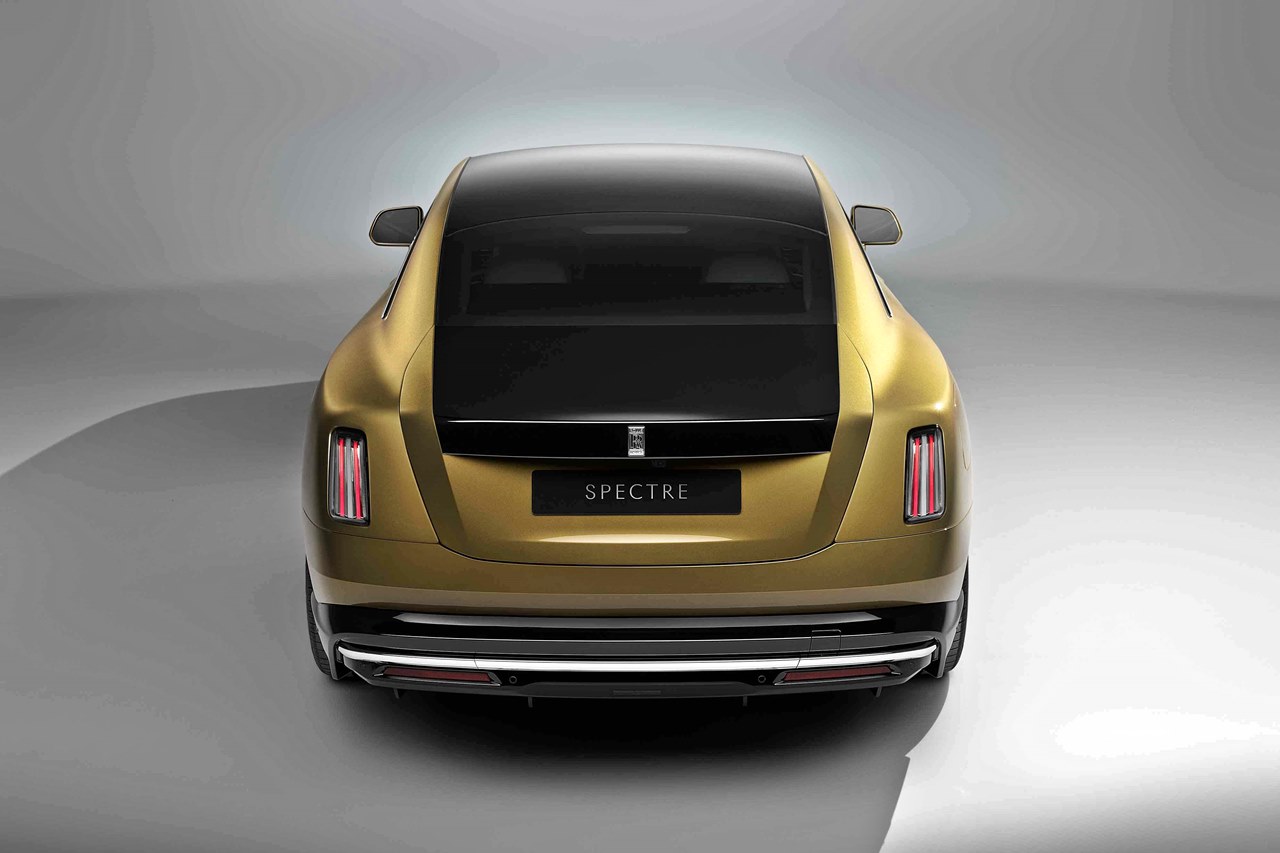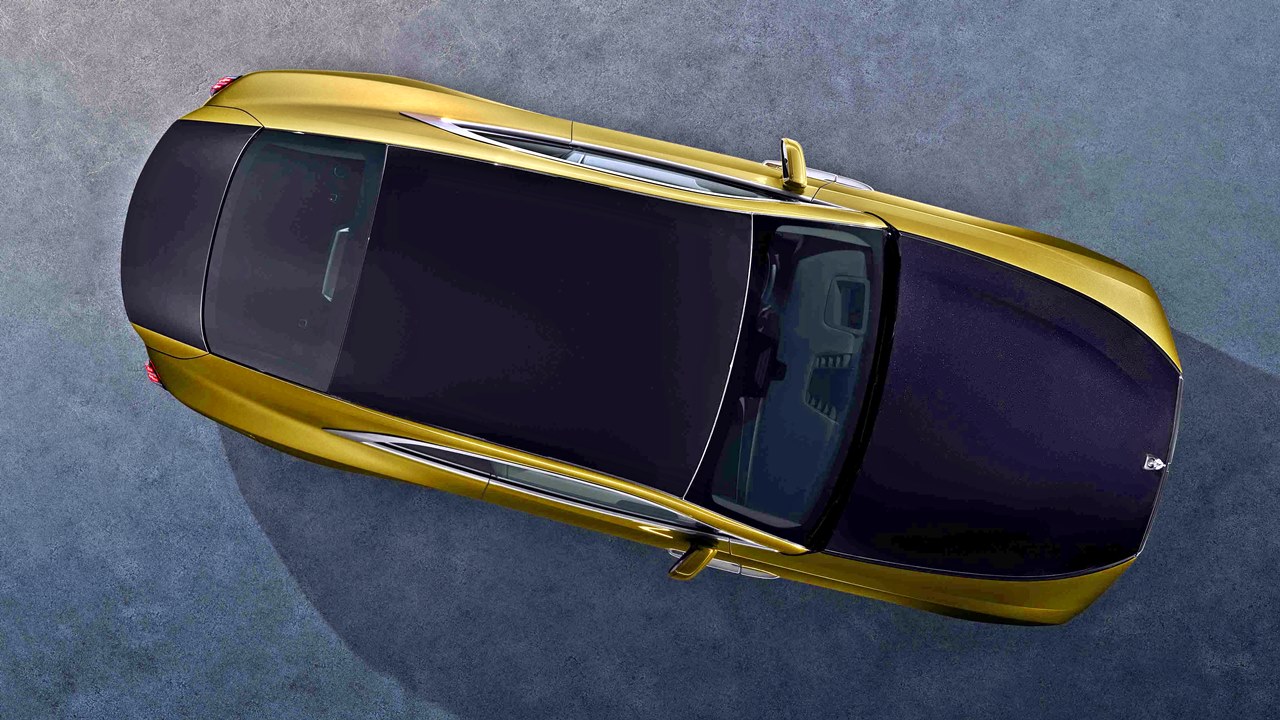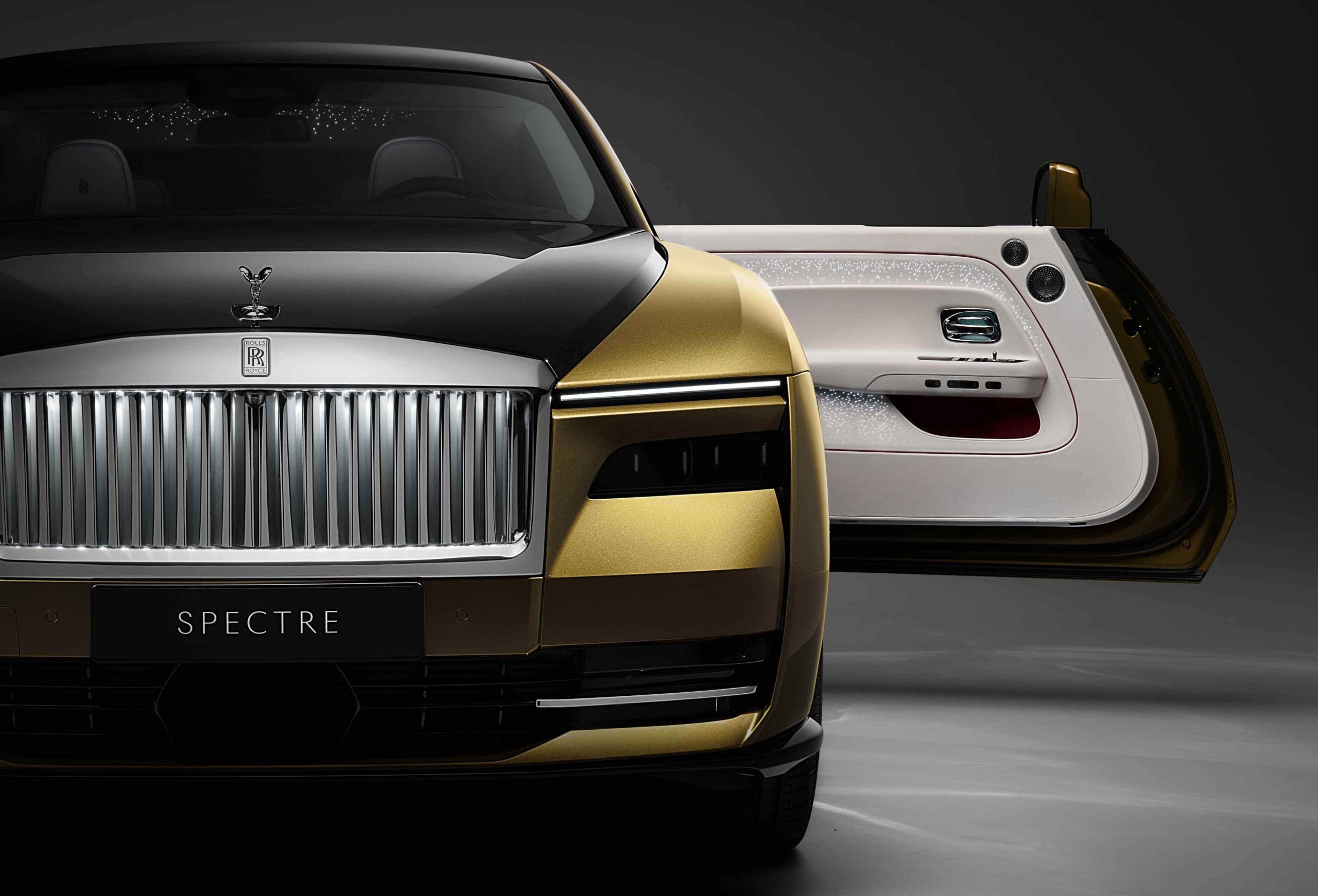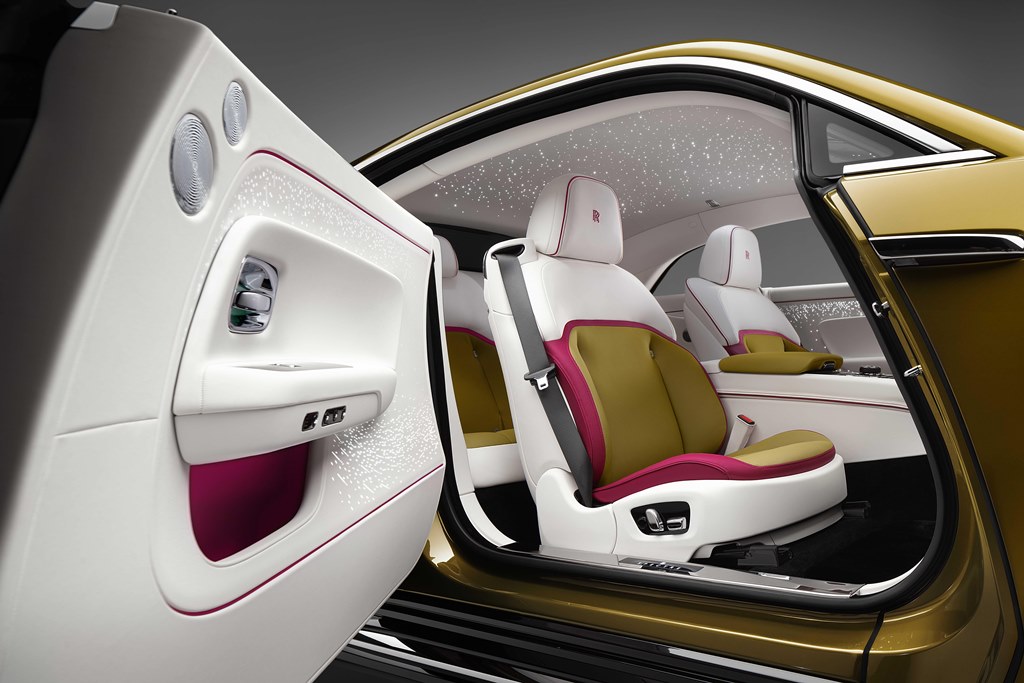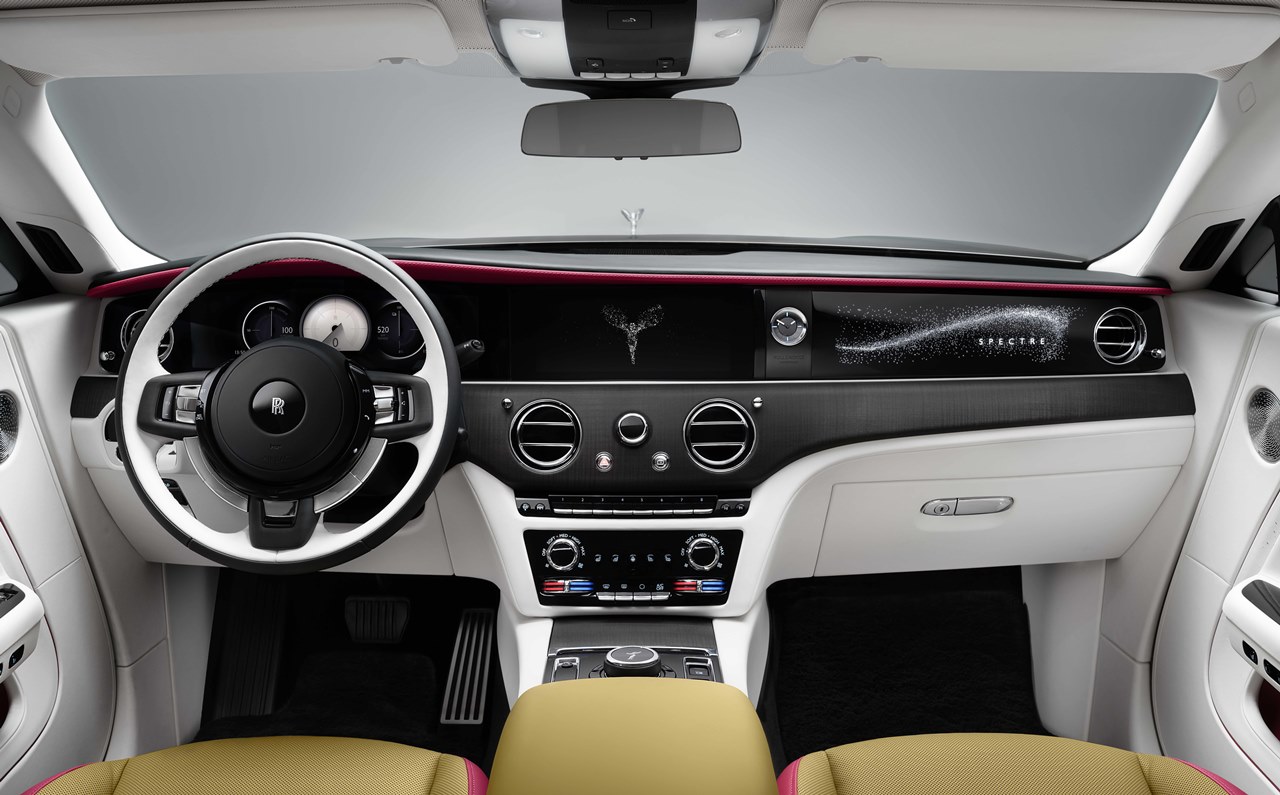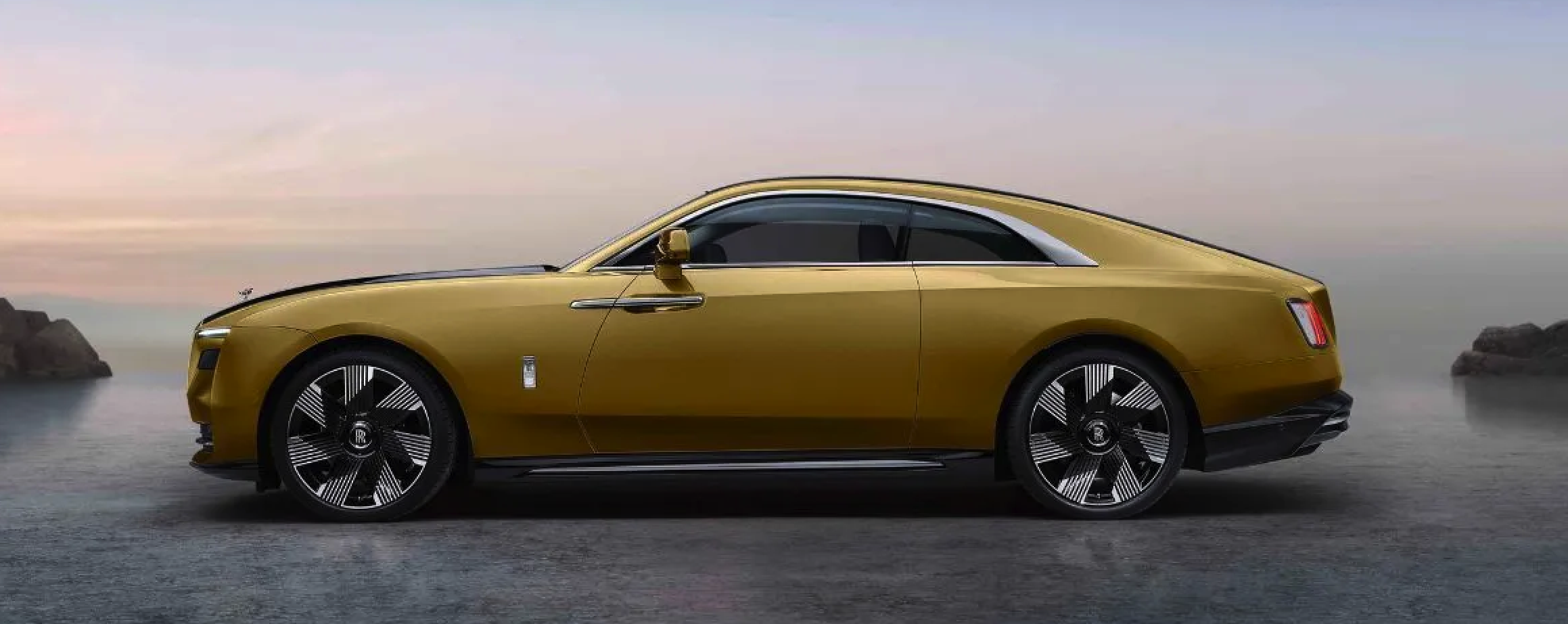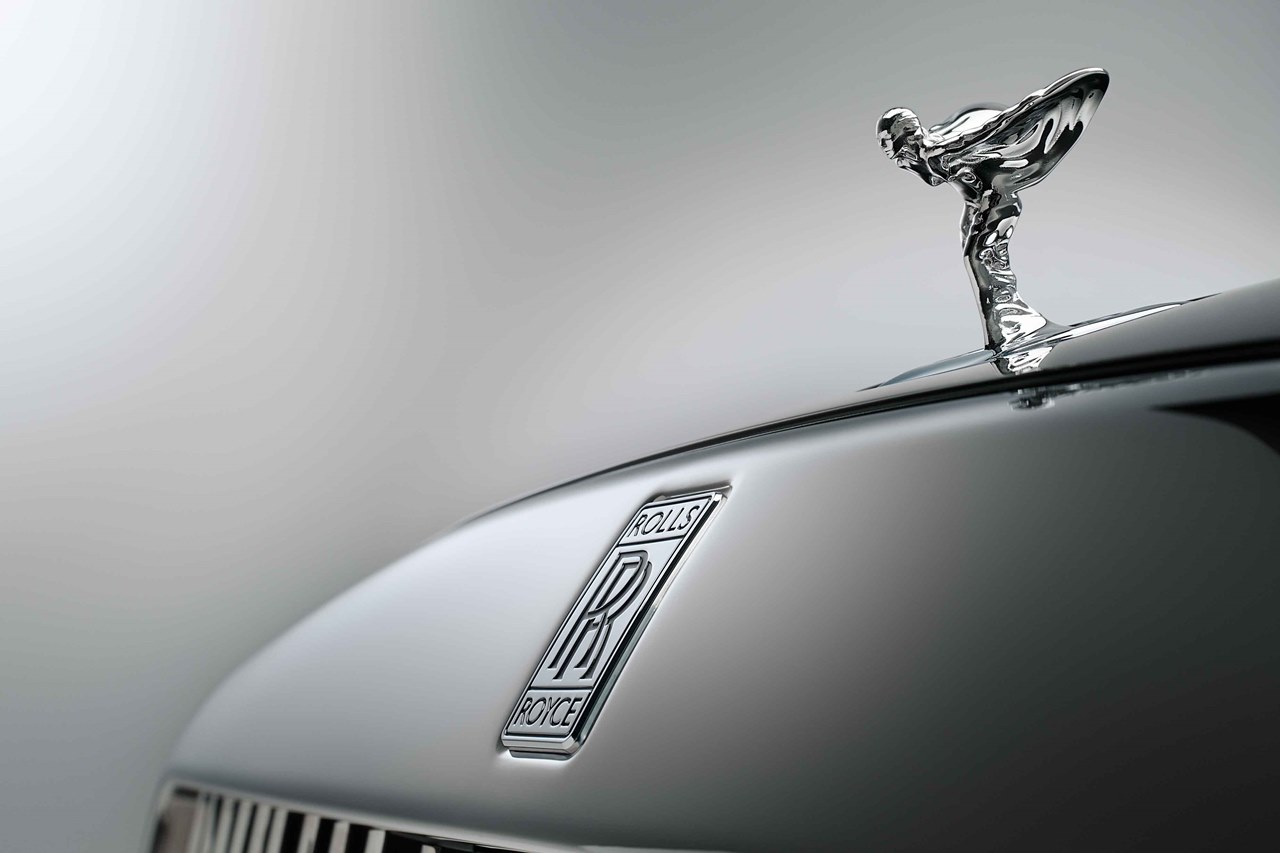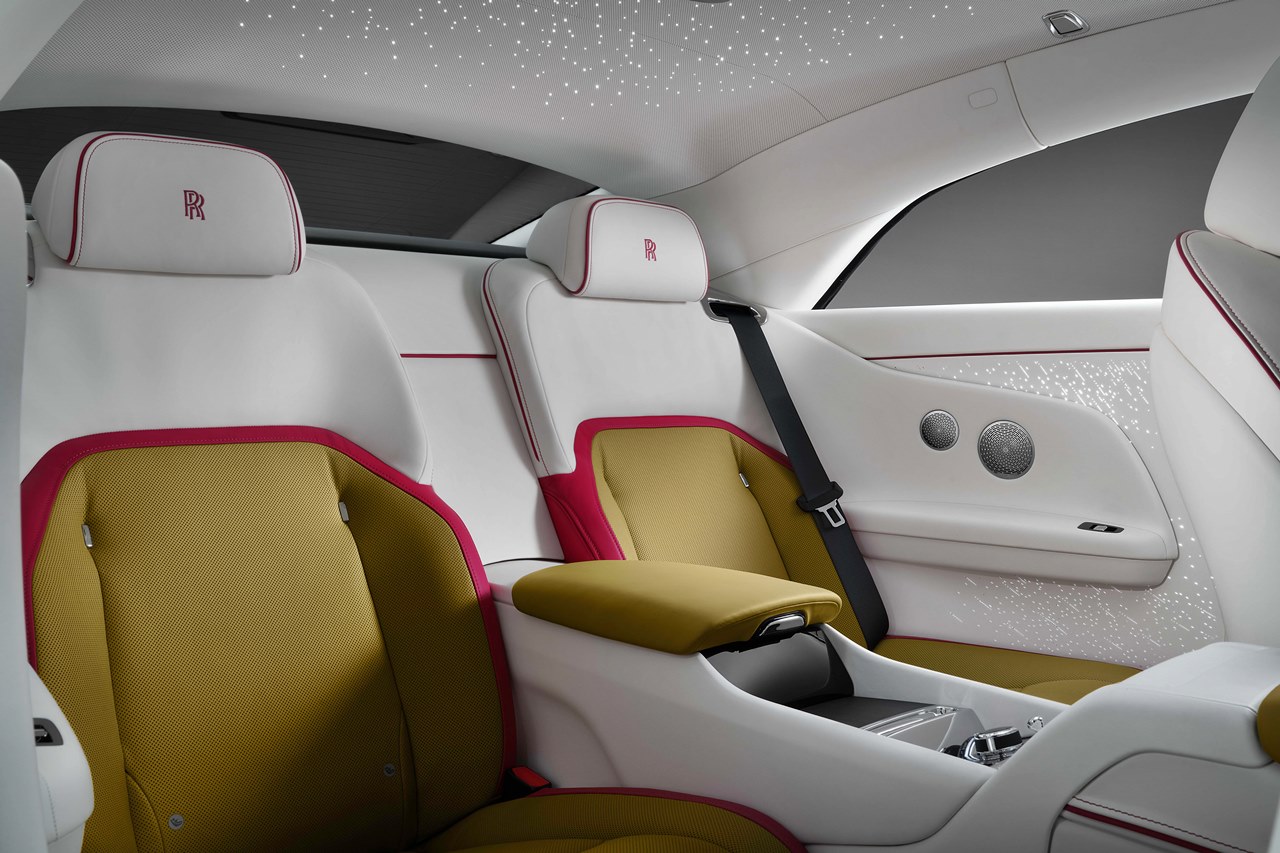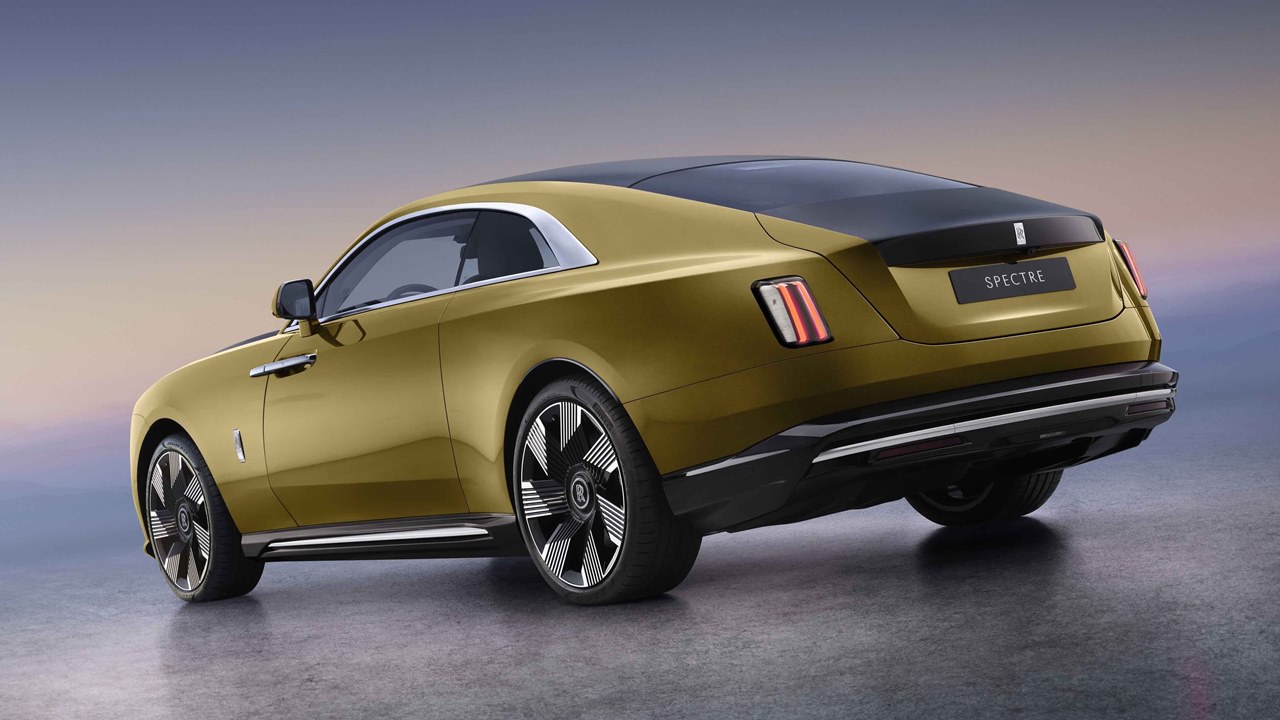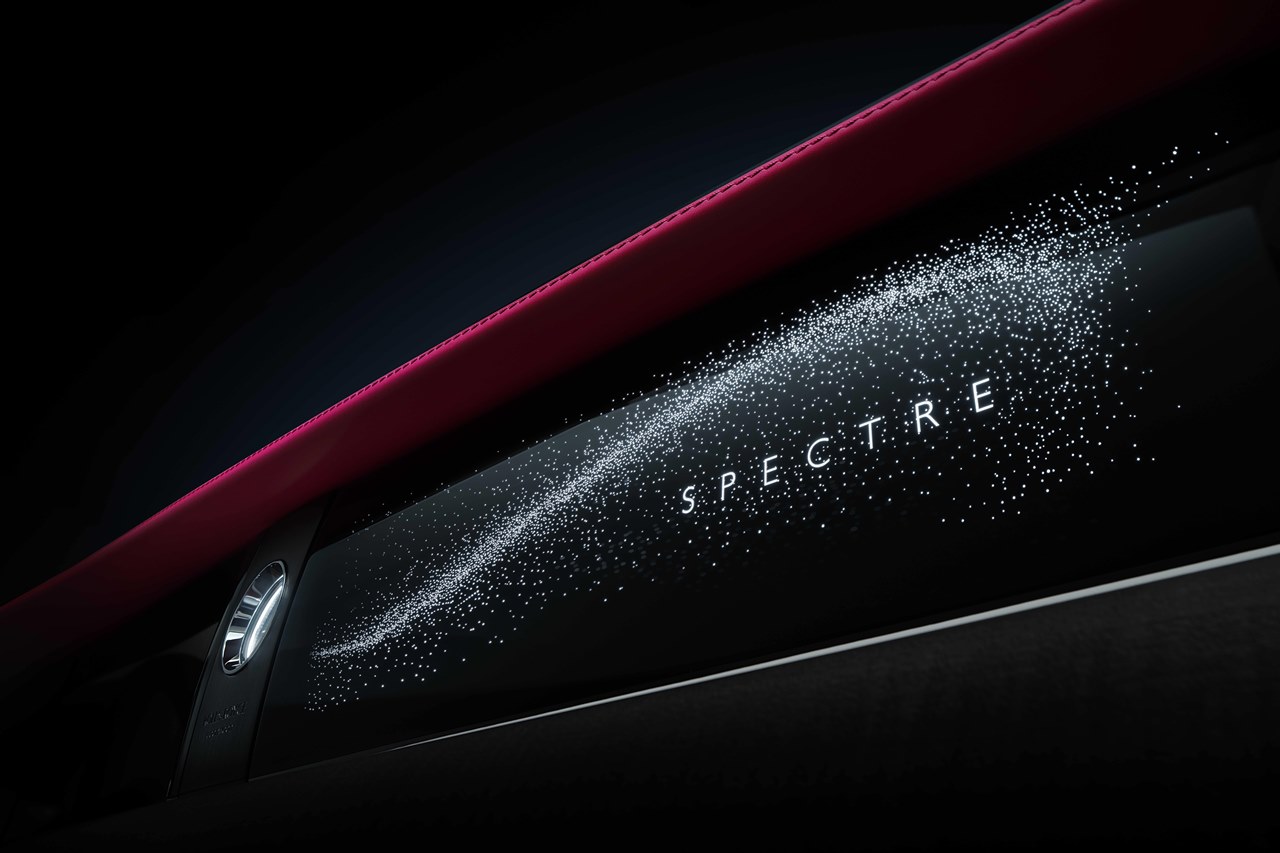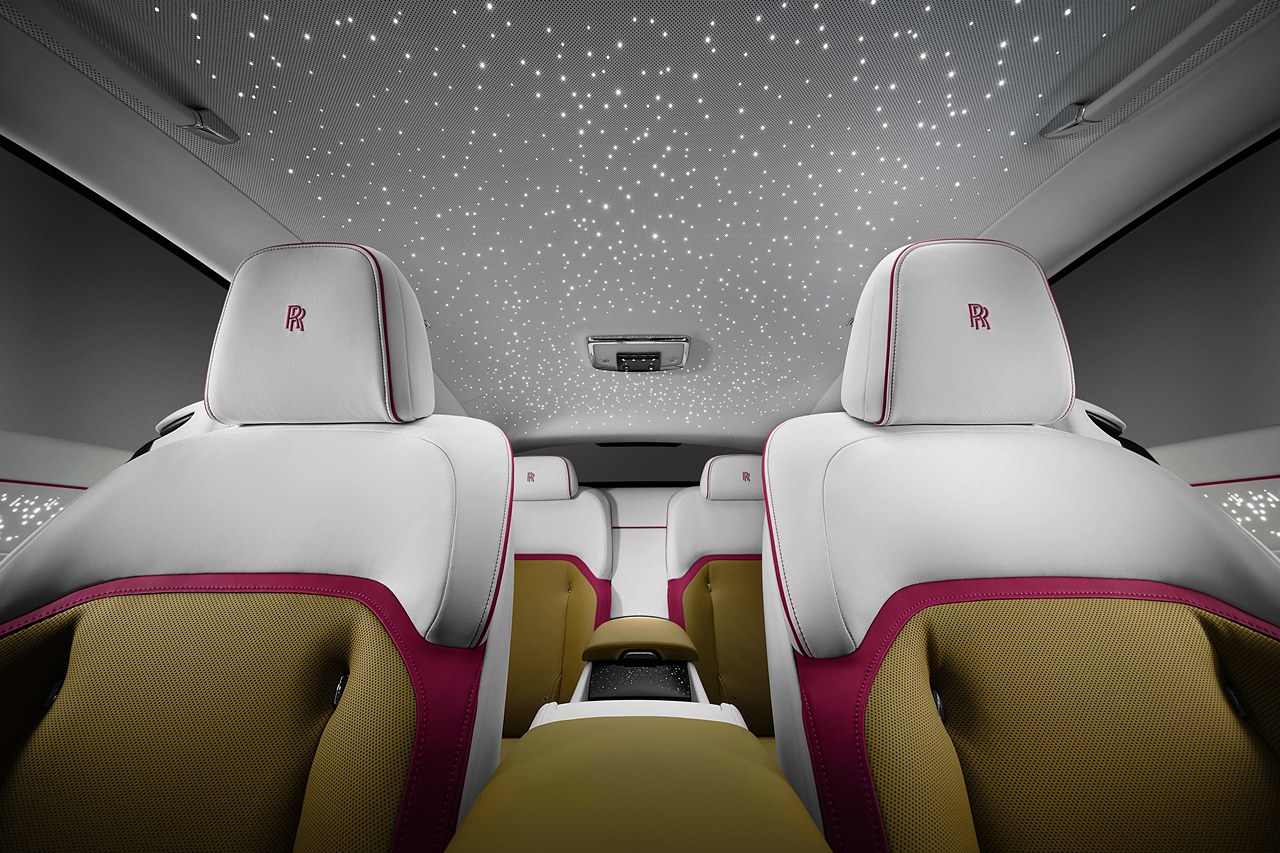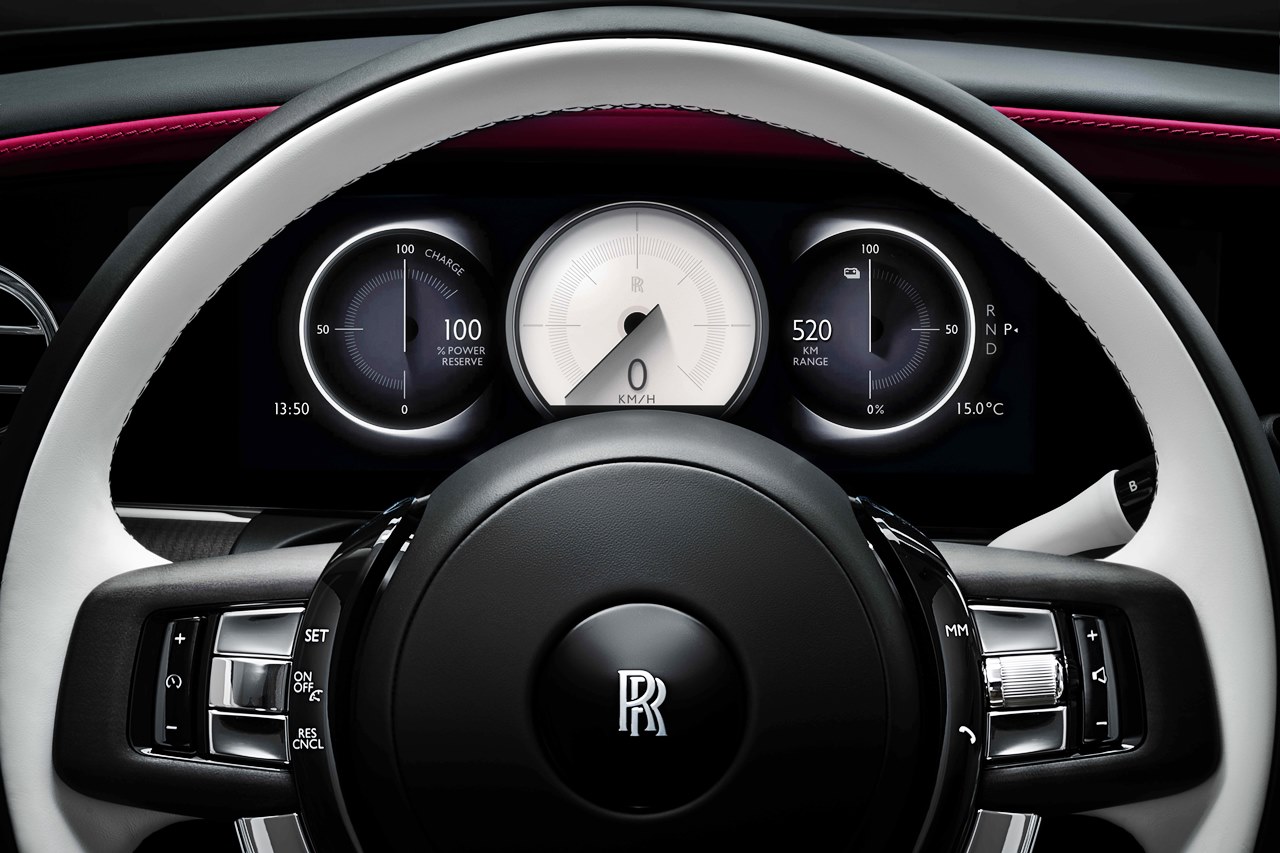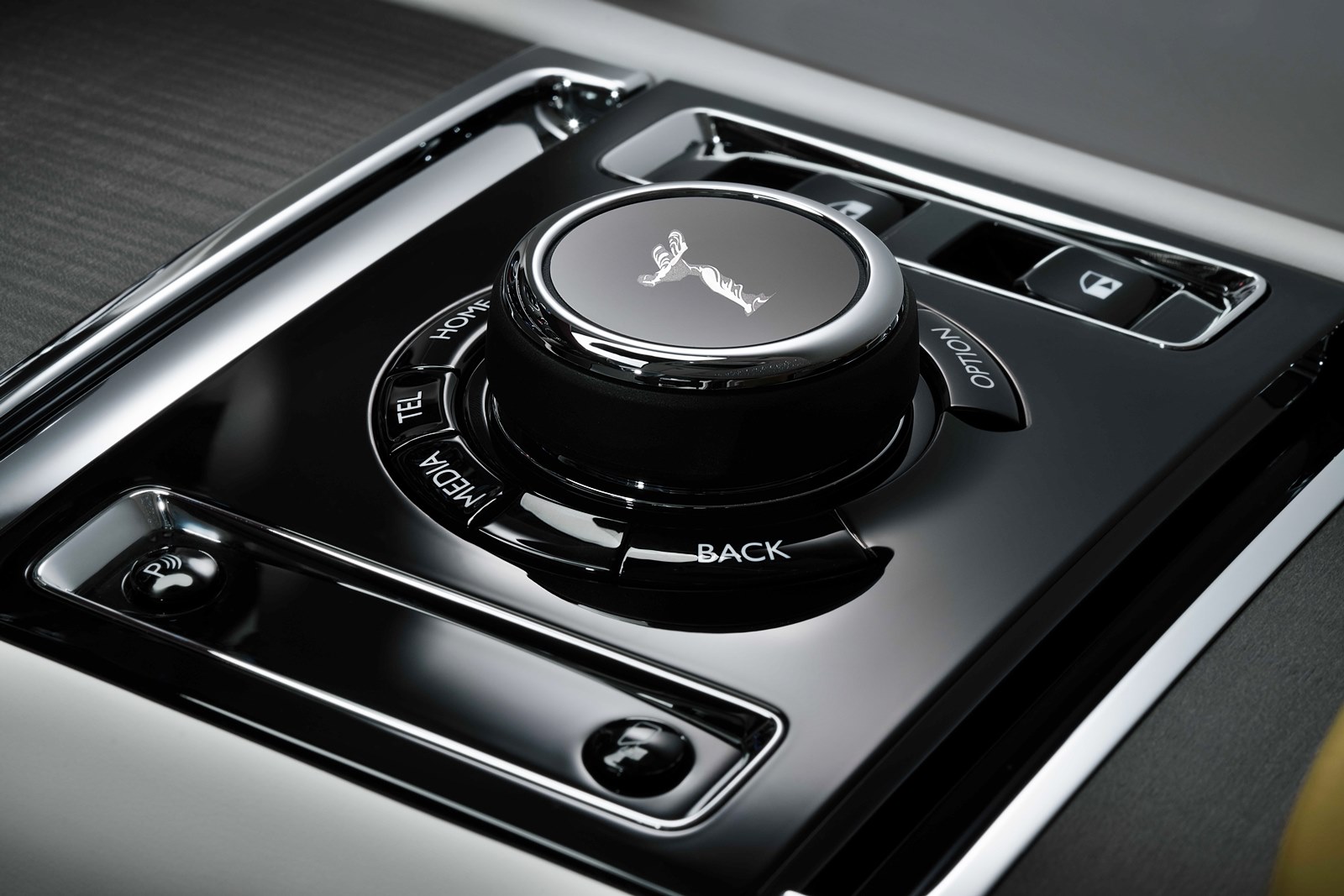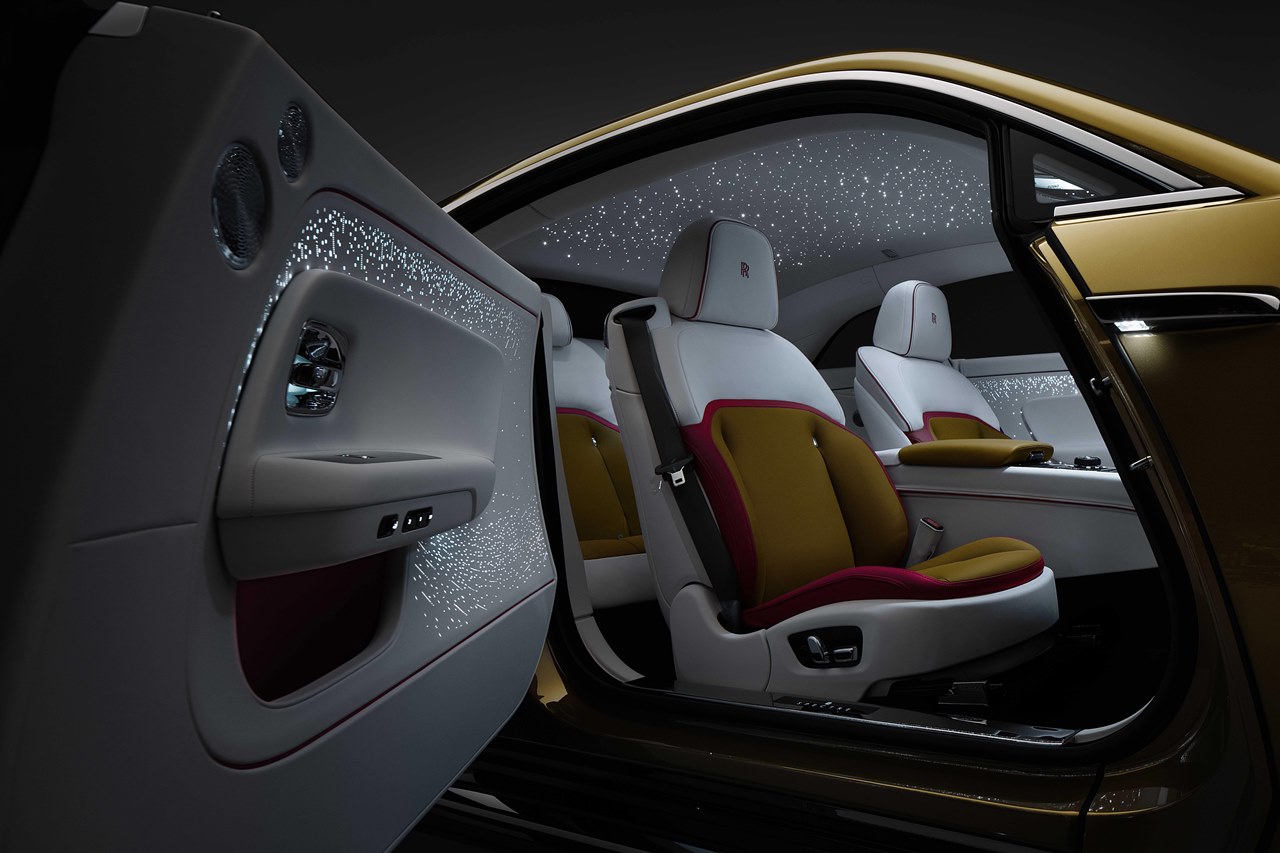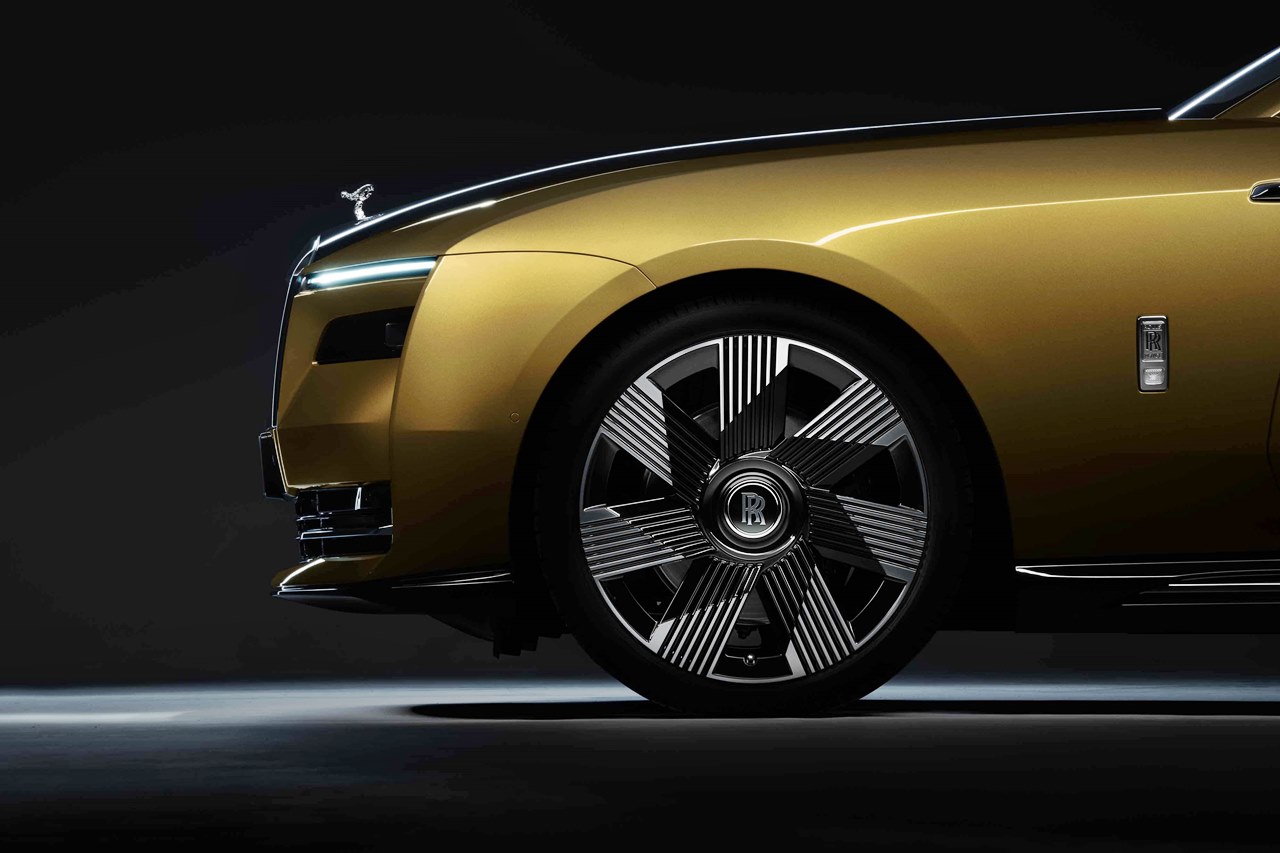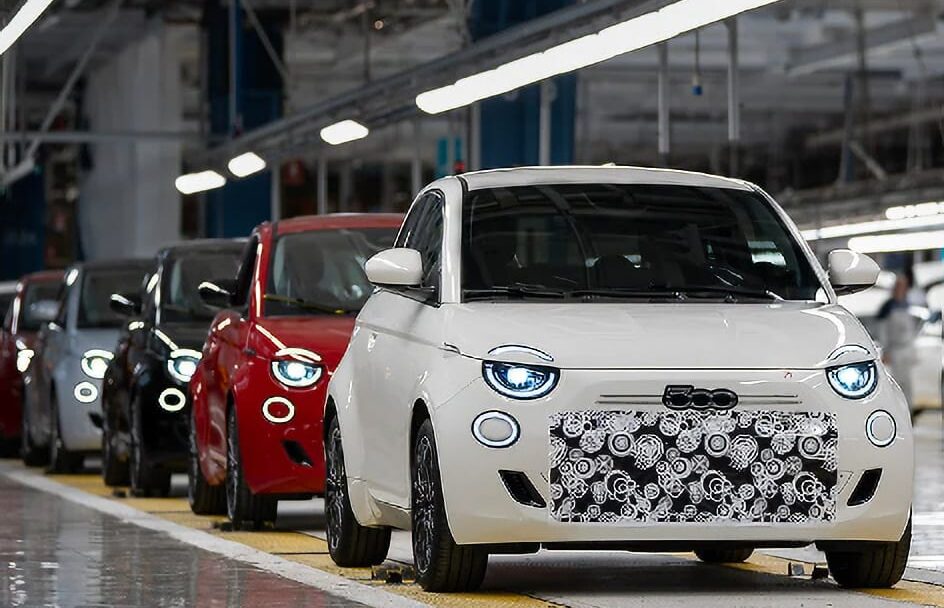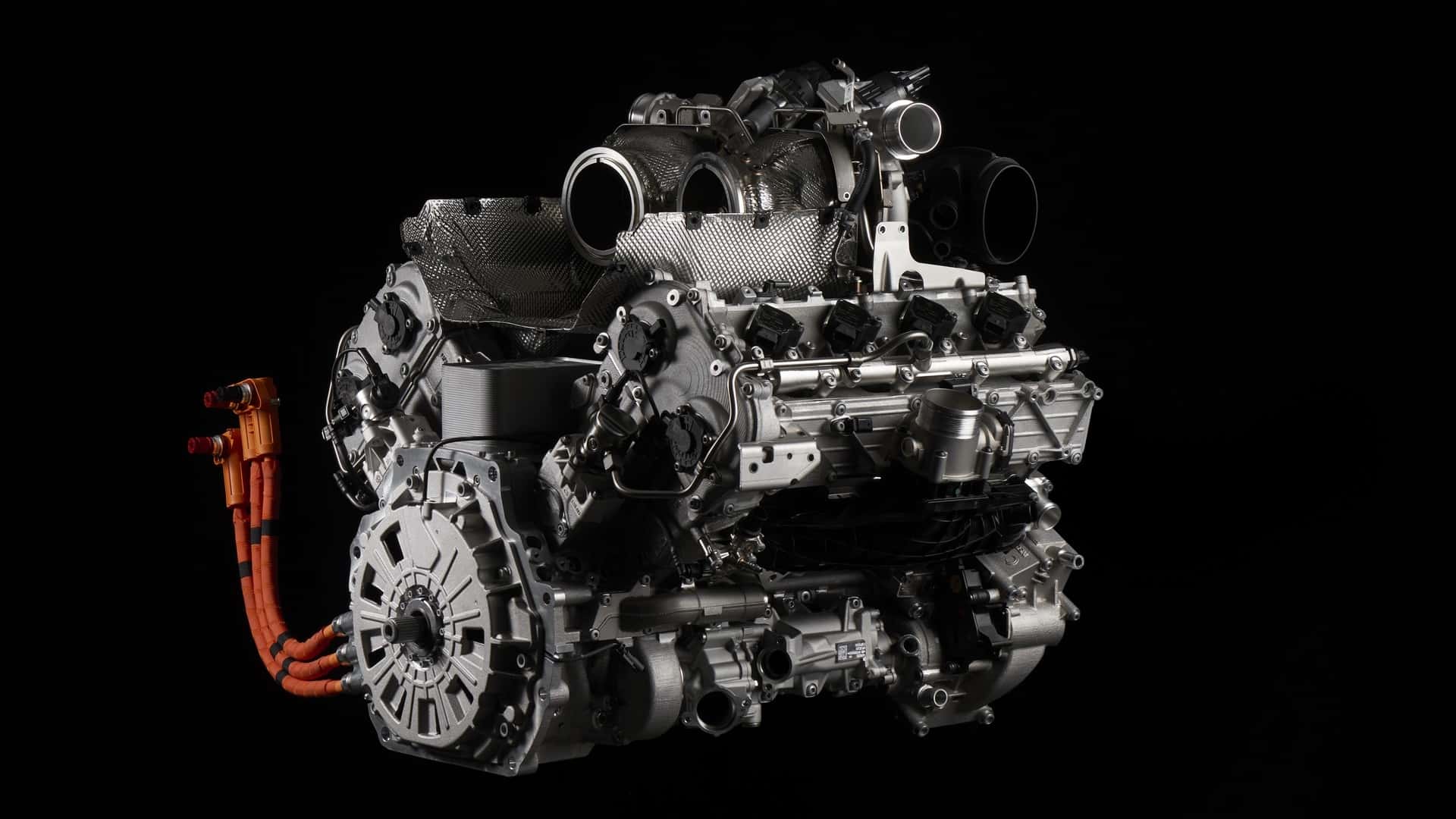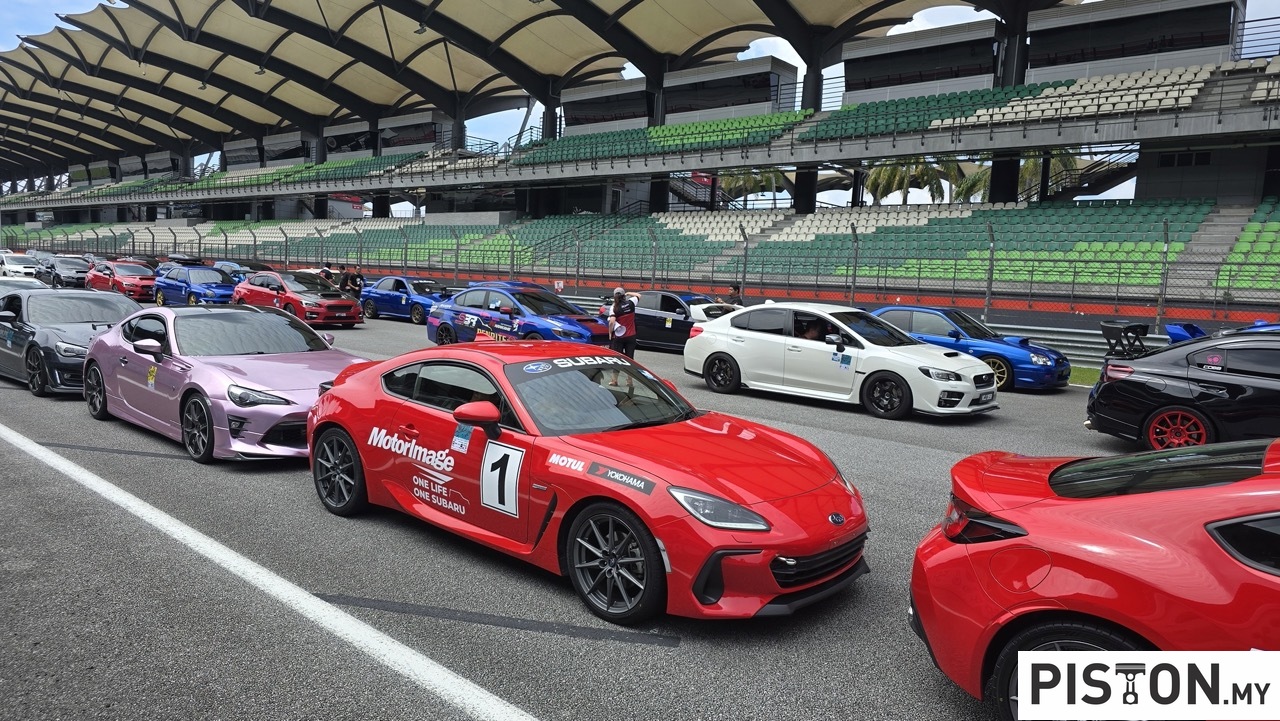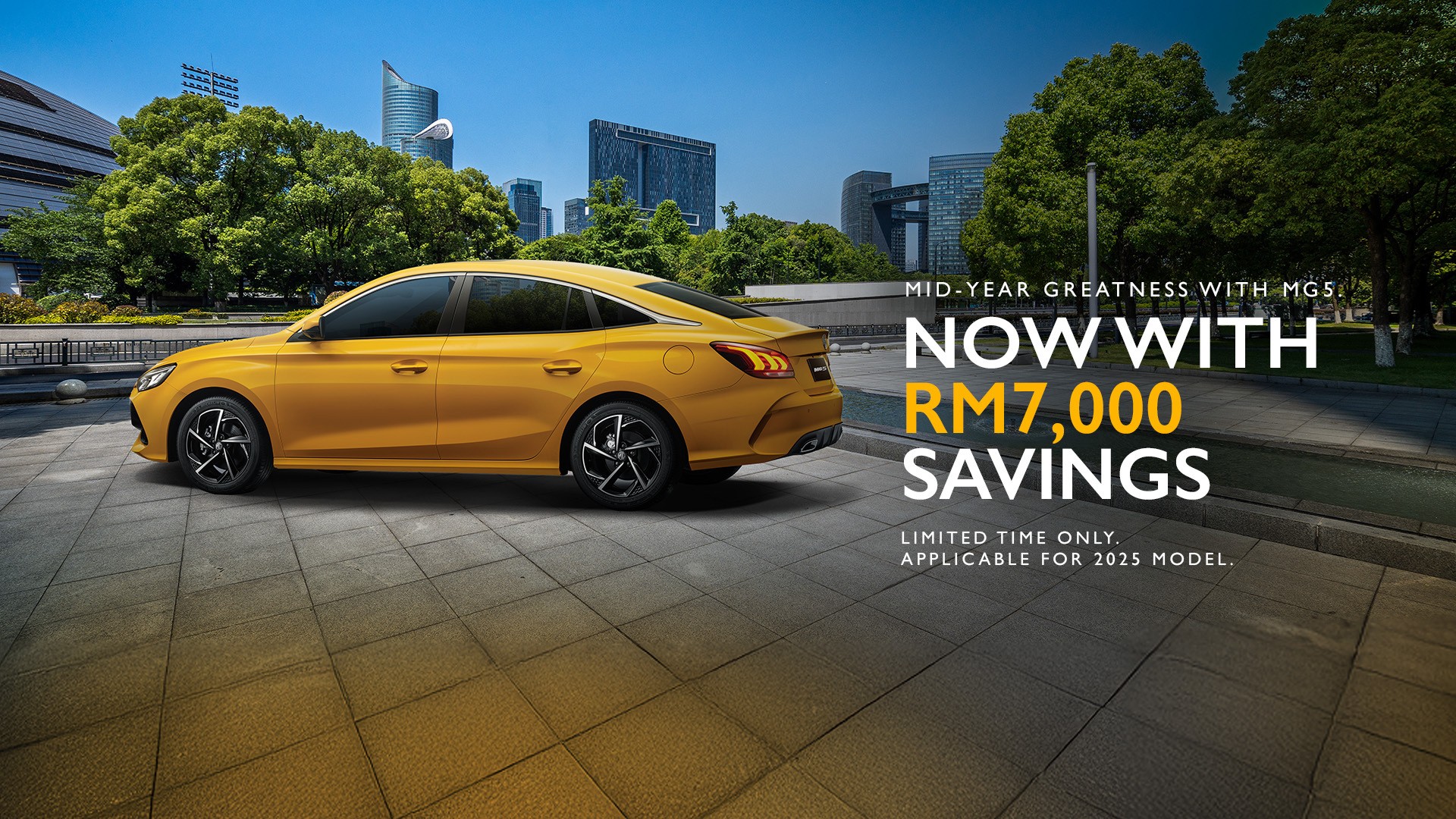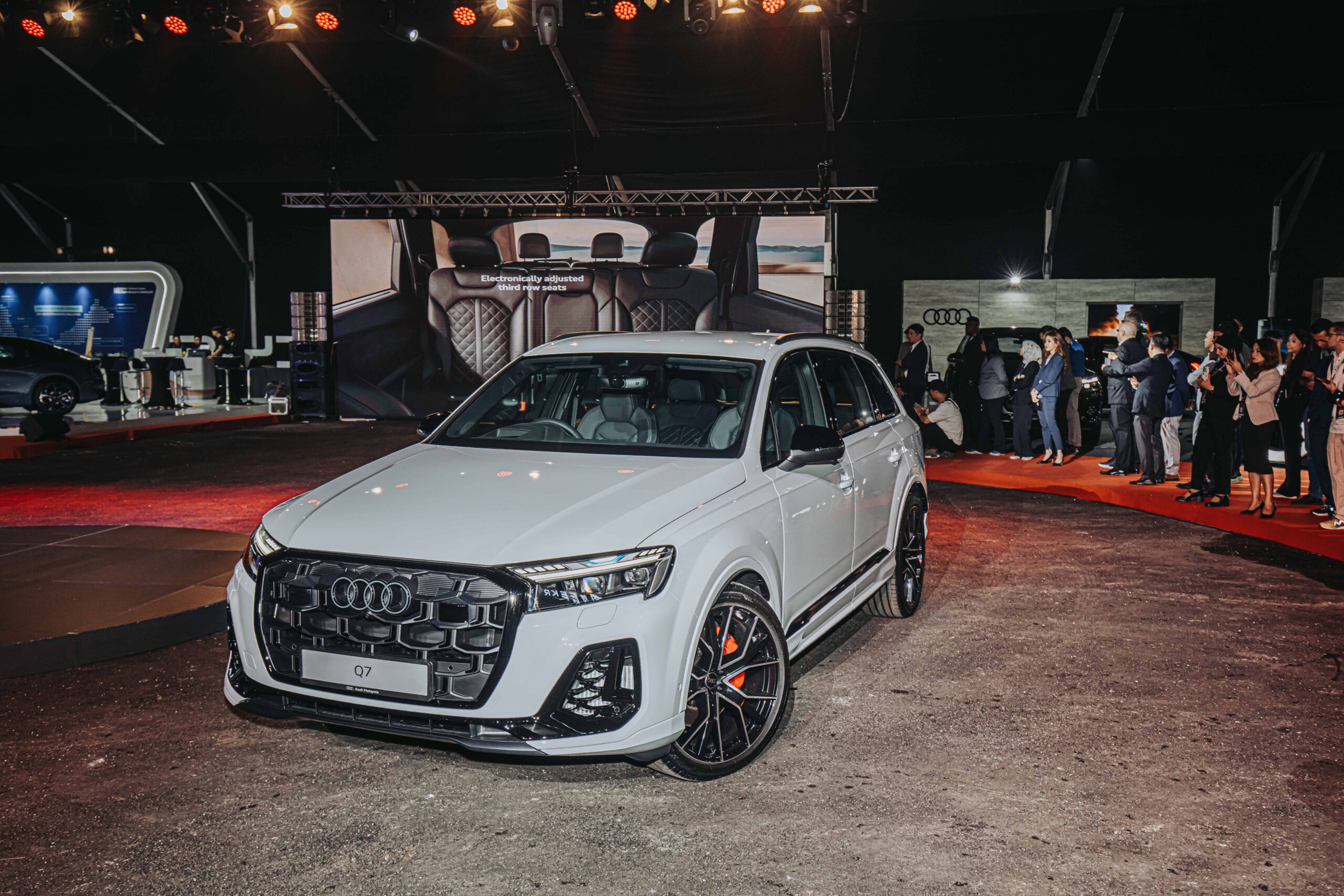Rolls-Royce Motor Cars has unveiled ‘Spirit of Expression’ – three unique Bespoke commissions featuring Ghost Extended, Phantom Extended, and Spectre. These cars will debut at the 18th Beijing International Automotive Exhibition (Auto China 2024) on April 25.
The ‘Spirit of Expression’ commissions are tailored to the preferences of young Chinese clients who seek luxury products personalised to their tastes. Each car’s exterior colour reflects a moment from various destinations worldwide, while a celestial motif inside symbolises the night sky above these locations.
Created through collaboration between Rolls-Royce’s designers in Goodwood and the Bespoke designer at the Rolls-Royce Private Office Shanghai, these commissions reflect a global approach. Rolls-Royce aims to enhance its Bespoke offering by engaging with clients worldwide and bringing regional insights back to its headquarters in Goodwood.
Rolls-Royce Phantom Extended ‘Magnetism’
The Rolls-Royce Phantom Extended ‘Magnetism’ is a modern take on the brand’s flagship model, capturing the magnetic allure of a beach bay at night. The two-tone exterior features Cala Luna Sand and Kabira Blue, reminiscent of moonlit beach sands and the intense horizon. A double coachline in Arctic White and Cala Luna Sand adds to the exterior’s elegance.
Inside, the celestial theme continues with a Starlight Headliner featuring 768 Galileo Blue and 576 White ‘stars’, complemented by eight ‘shooting stars’. The rear waterfall and Gallery artwork showcase intricate stainless steel inlays and embroidery in Arctic White thread on Navy Blue canvas. The Gallery piece boasts 43,096 stitches, enhancing the interplay of light and shadow.
The front and rear seats are upholstered in Blue Grey, Navy Blue, and Arctic White leather with Arctic White stitching, piping, and headrest monograms. The door veneer features open-pore Obsidian Ayous, offering a contemporary tactile finish that highlights the wood’s natural grain.
Rolls-Royce Spectre ‘Escapism’
The Rolls-Royce Spectre ‘Escapism’ draws inspiration from the vibrant tropics of South America. Its bold color scheme features a two-tone exterior with Lantana Red, inspired by the hues of the Lantana Flower symbolizing good luck, and Tempest Grey. The 23″ wheels have centers painted in Lantana Red to match the upper surface, and the exterior is adorned with a softly illuminated Spirit of Ecstasy figurine.
Inside, the interior boasts Selby Grey, Purple Silk, and Sunset leathers, with Sunset accents for seat piping, contrast stitching, and headrest monograms. The Starlight Headliner features 960 Sunset-coloured fibre-optic ‘stars’ and eight white ‘shooting stars’, while the Obsidian Ayous veneer extends to the spokes of the Purple Silk steering-wheel, complemented by purple instrument dials.
Rolls-Royce Ghost Extended ‘Expressionism’
The Rolls-Royce Ghost Extended ‘Expressionism’ showcases the vehicle’s versatility for Bespoke customization. Inspired by the sunsets of Boracay Island, the exterior boasts a vibrant ‘Boracay Blue’ hue, capturing the unique colors of dusk blending into twilight over the Sulu Sea. A Lime Green Coachline adds a subtle nod to the island’s tropical flora and fauna. Completing the look are part-polished 21-inch alloy wheels with Orbit Grey centers and Lime Green pinstripes, paired with White pinstripe tires.
Inside, the seats feature Black and Arctic White leather with Lime Green accents, echoed in the seat and door piping, contrast stitching, and headrest monograms. The inner door pockets showcase Lime Green embroidered celestial motifs, crafted with meticulous stitching techniques to create a subtle three-dimensional effect.
The Starlight Headliner presents a vivid, abstract wave pattern mirroring the door embroidery, with Lime Green and White ‘stars’ and White ‘shooting stars’ following the design’s curvature.
These ‘Spirit of Expression’ Bespoke commissions will be showcased at the Beijing International Automotive Exhibition (Auto China 2024) from April 25 to May 4, 2024, at the China International Exhibition Centre (CIEC).



